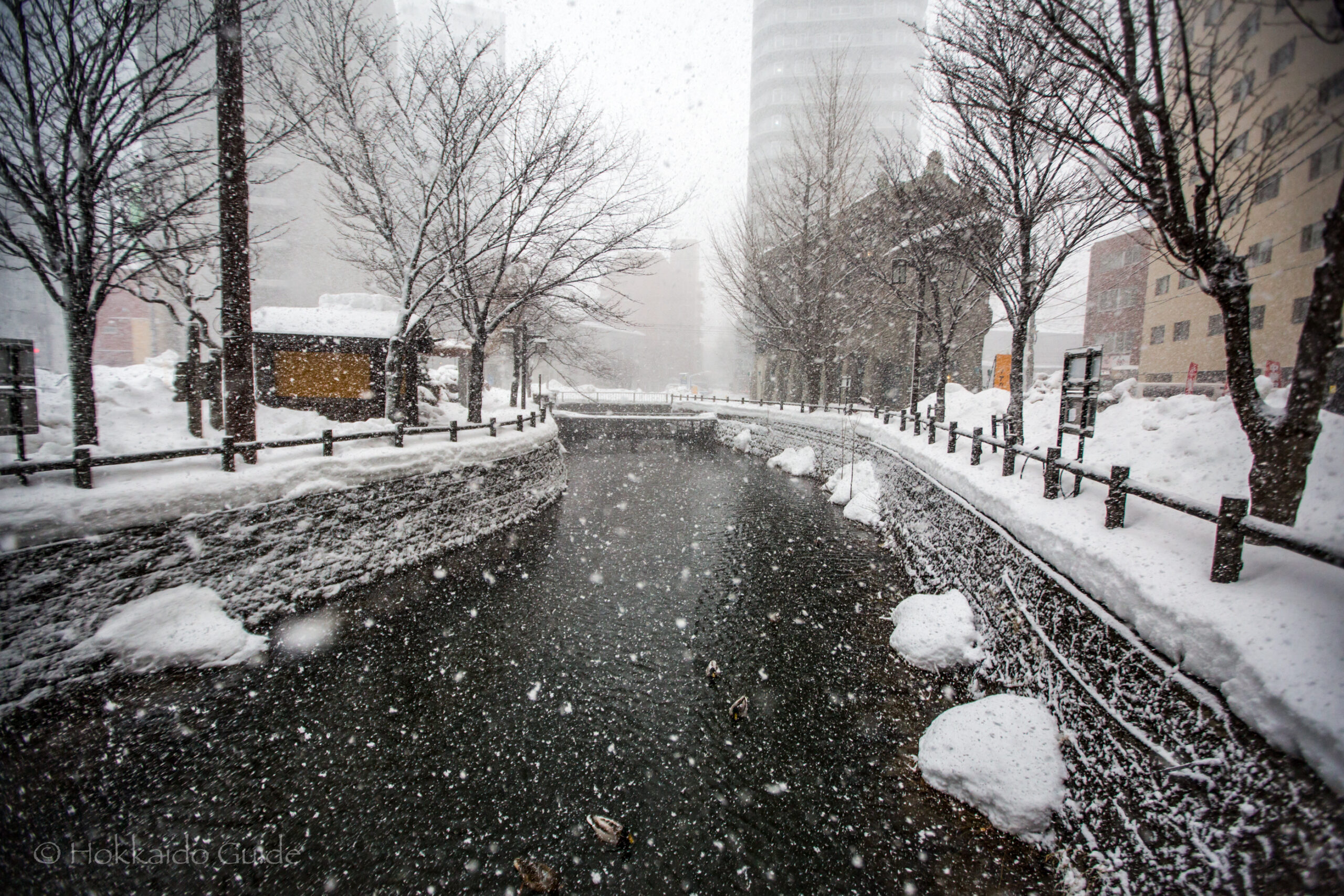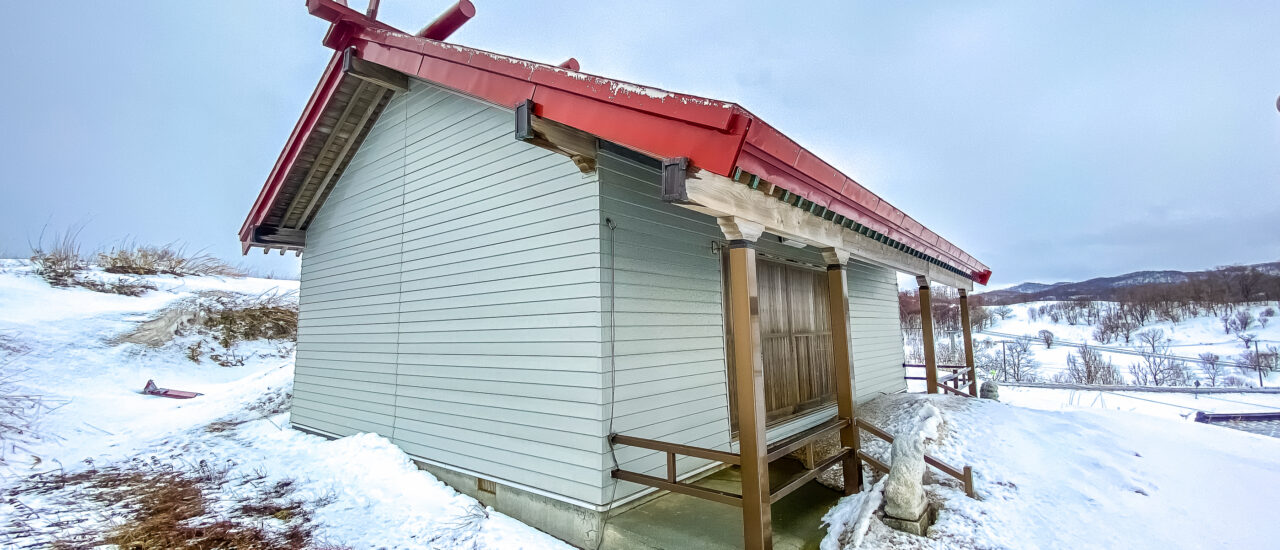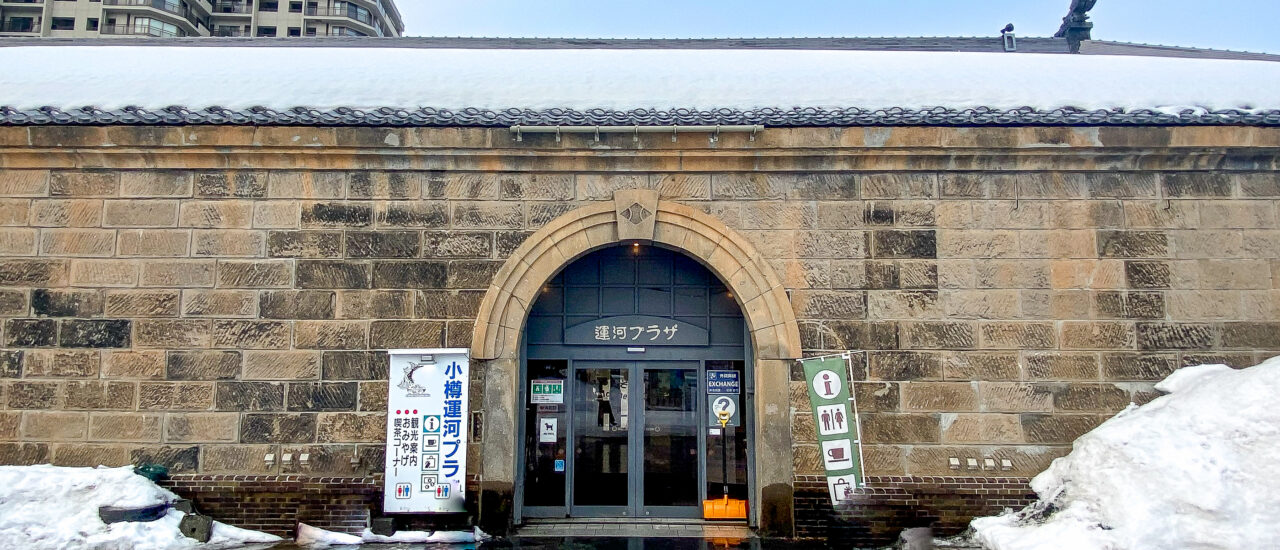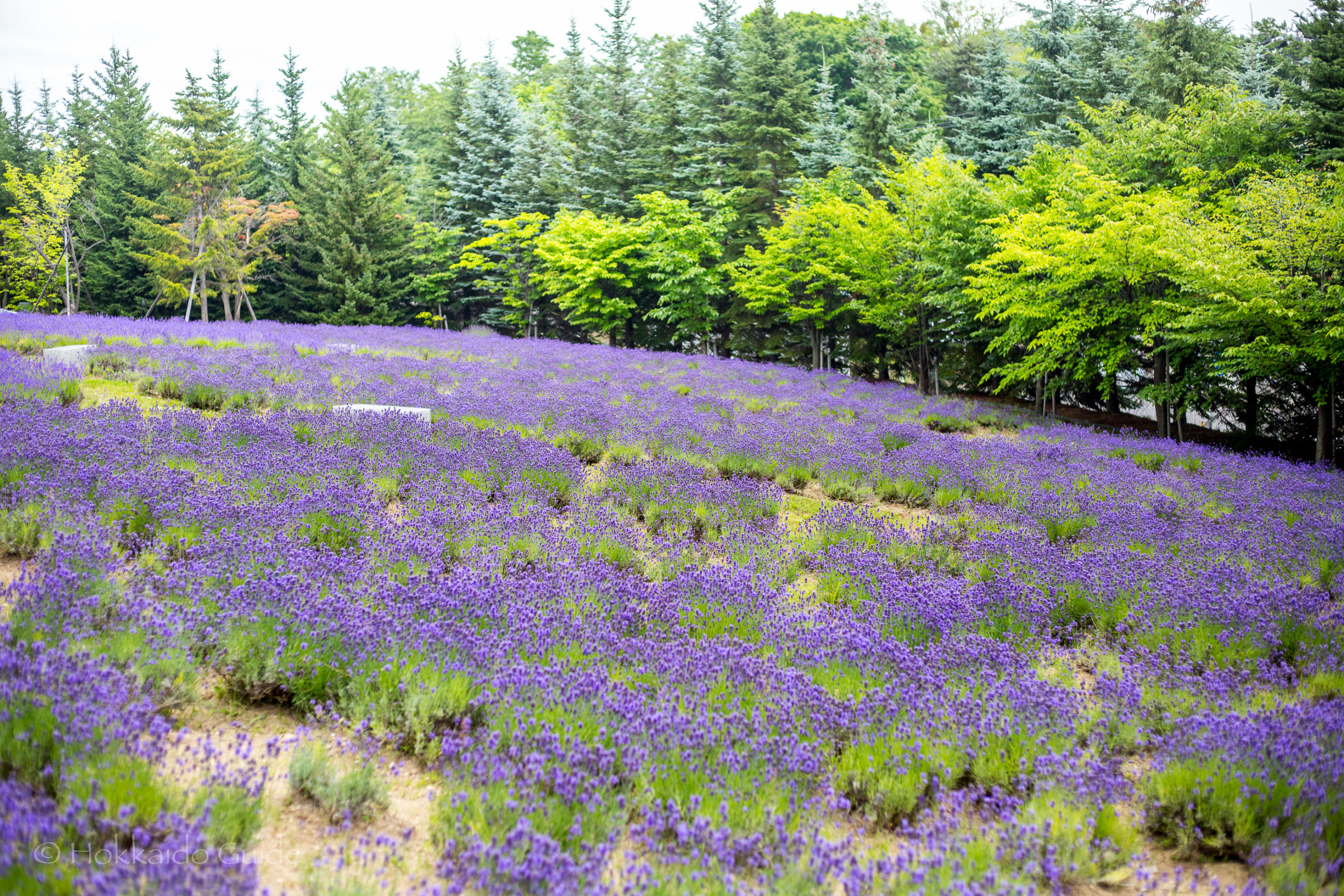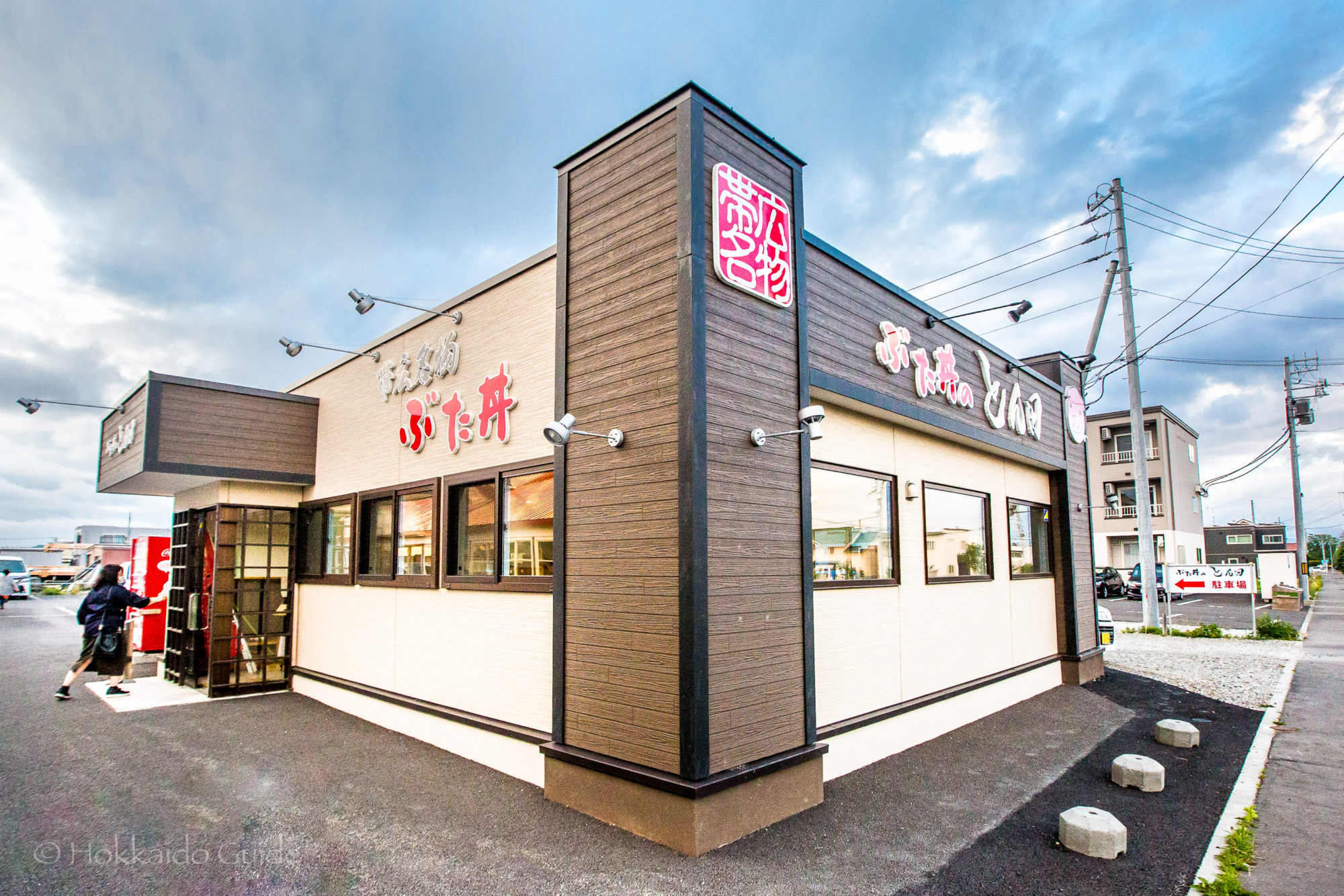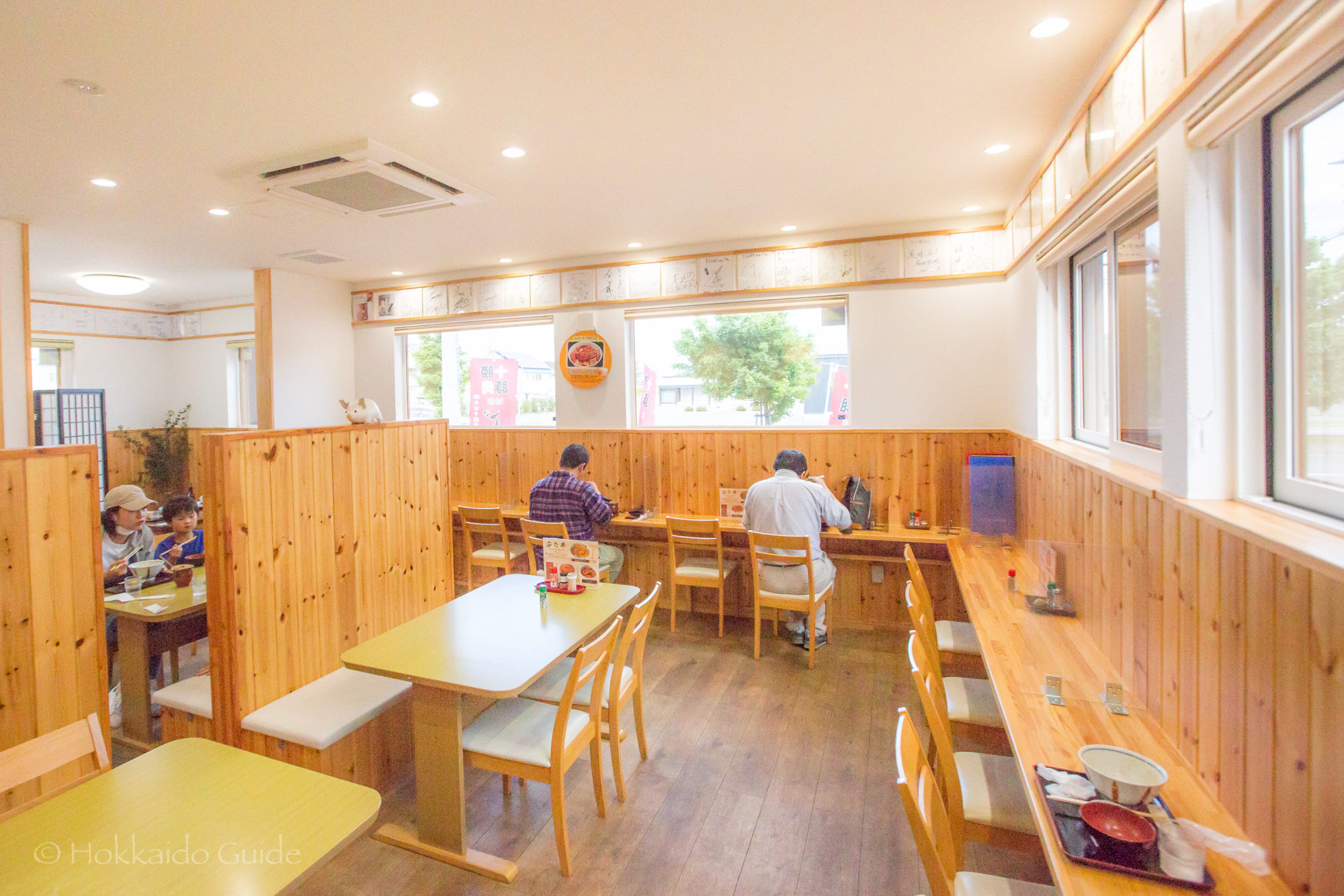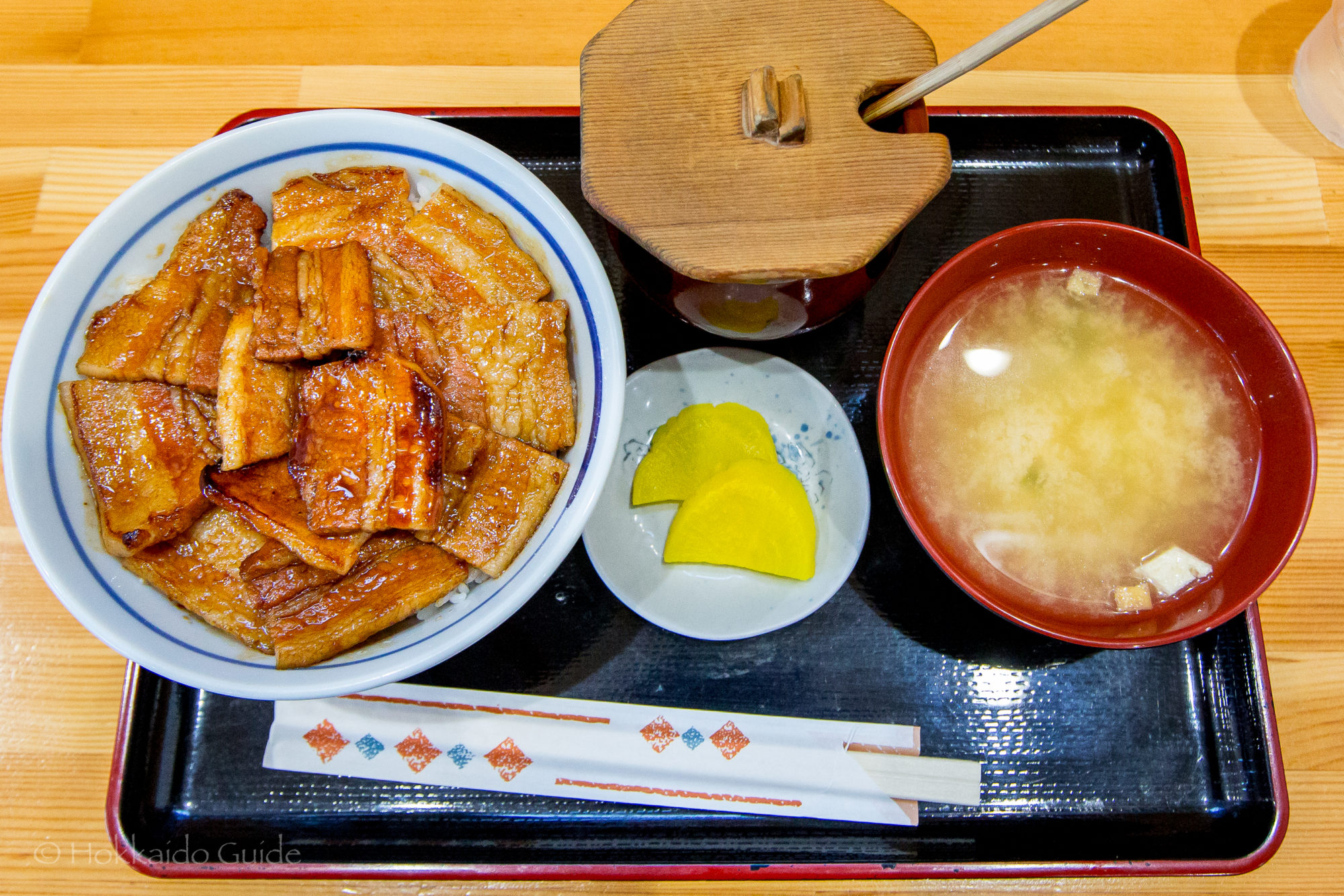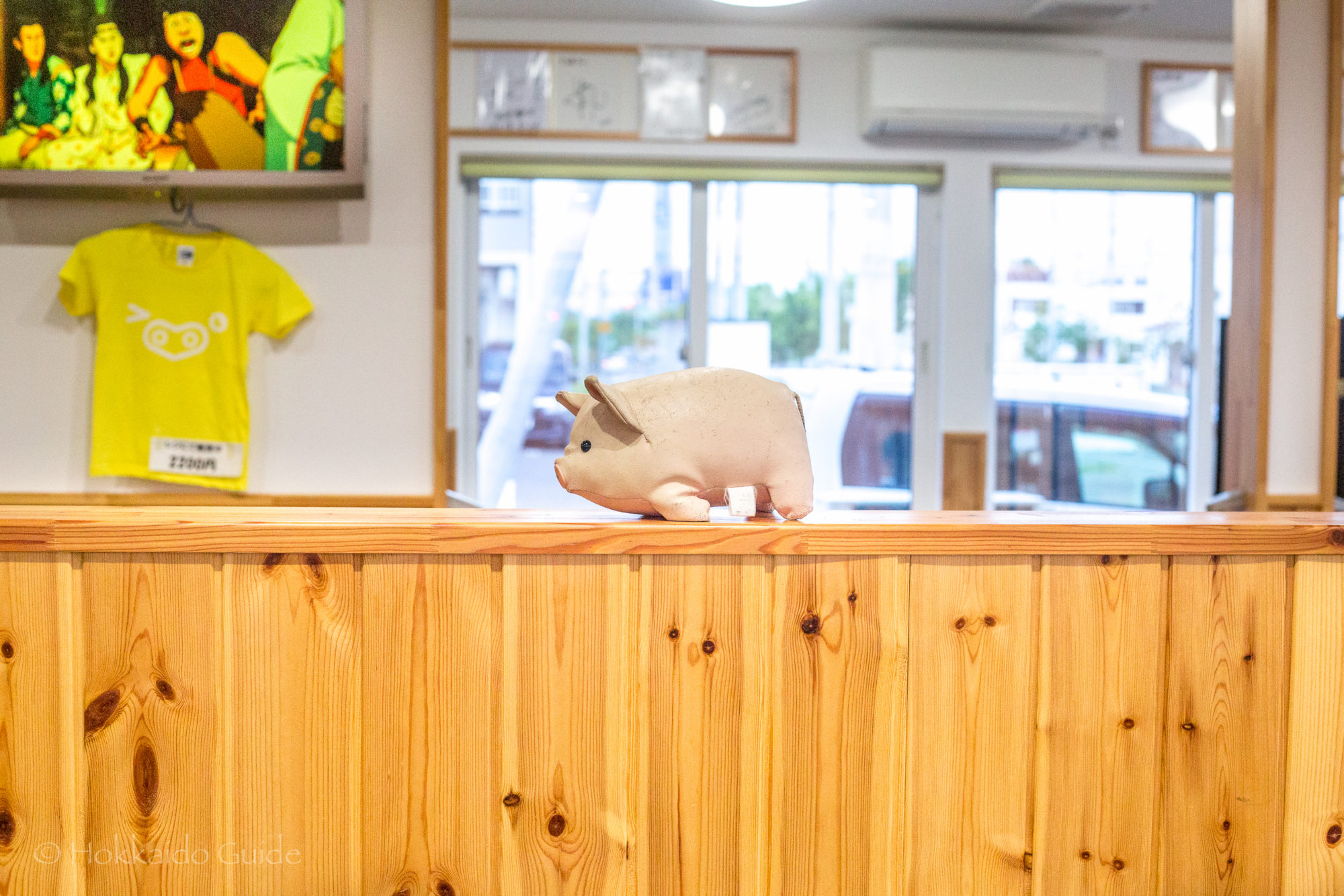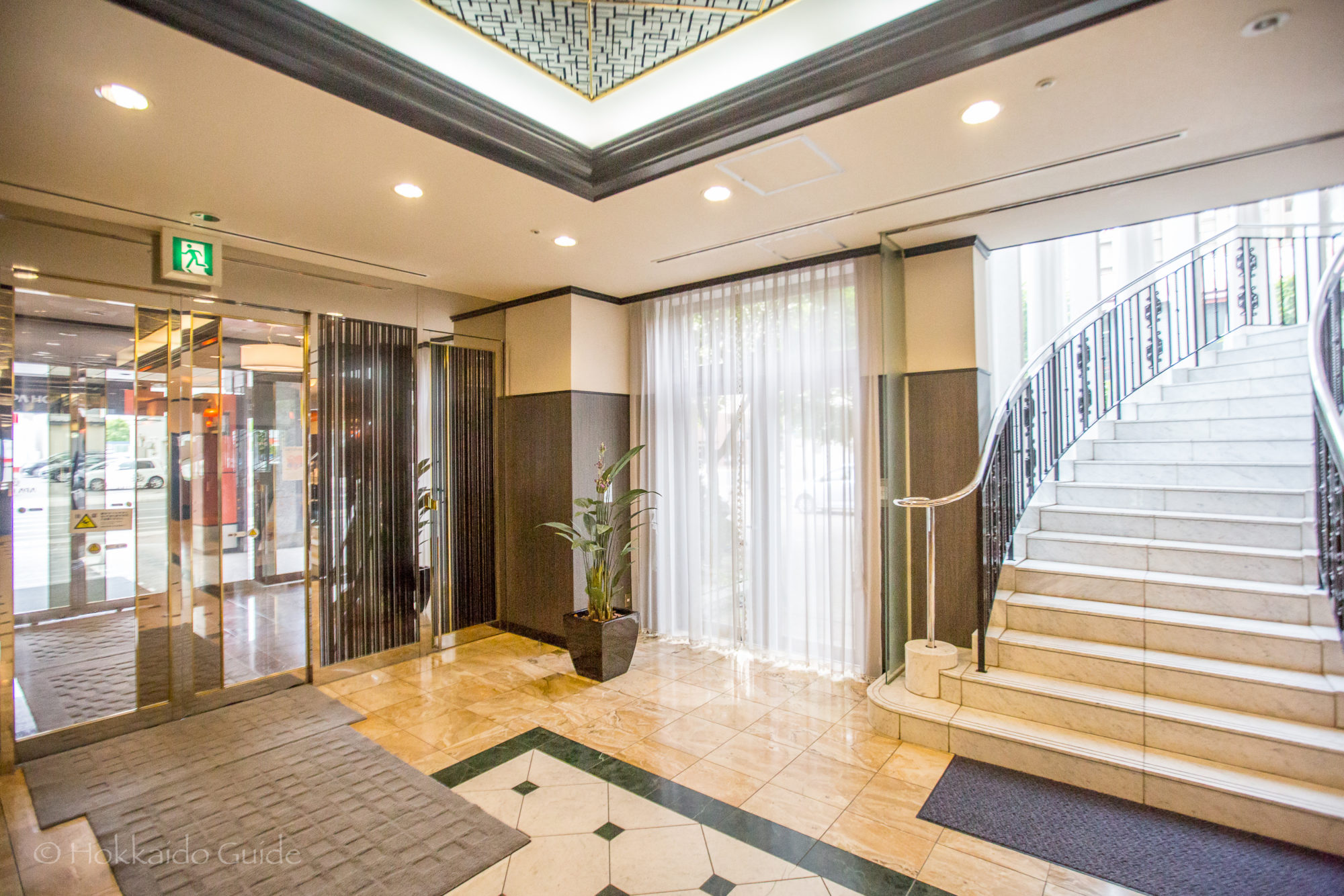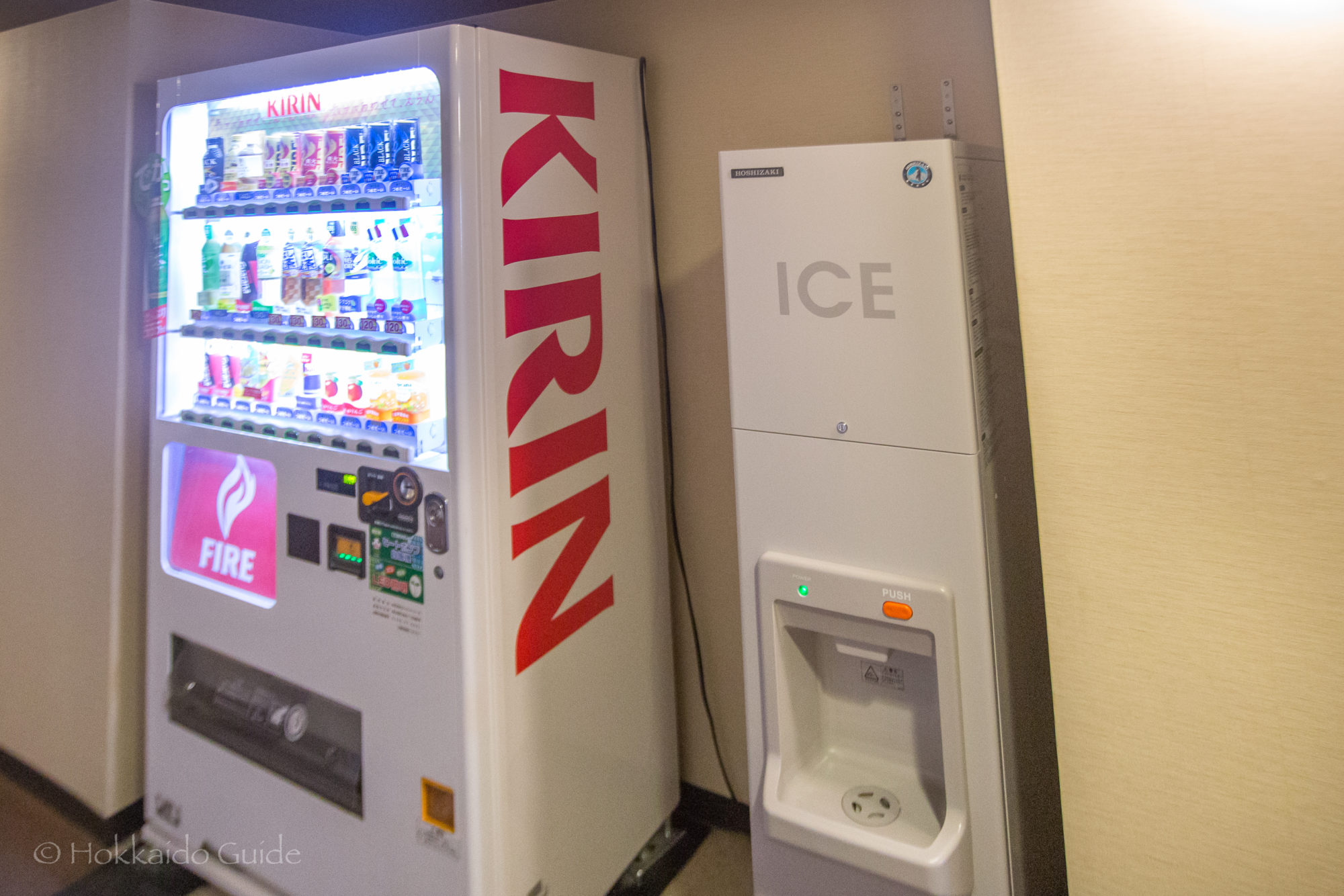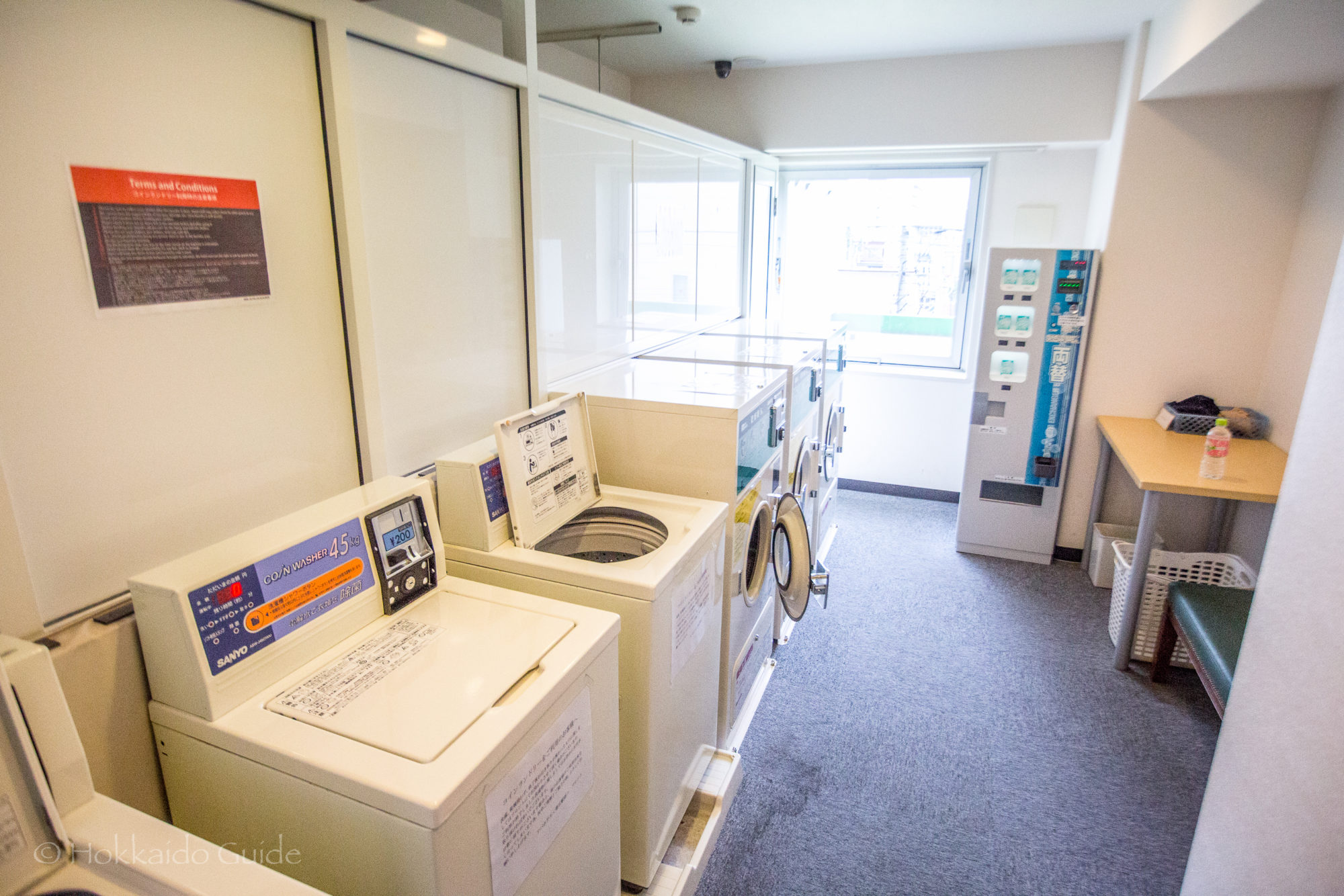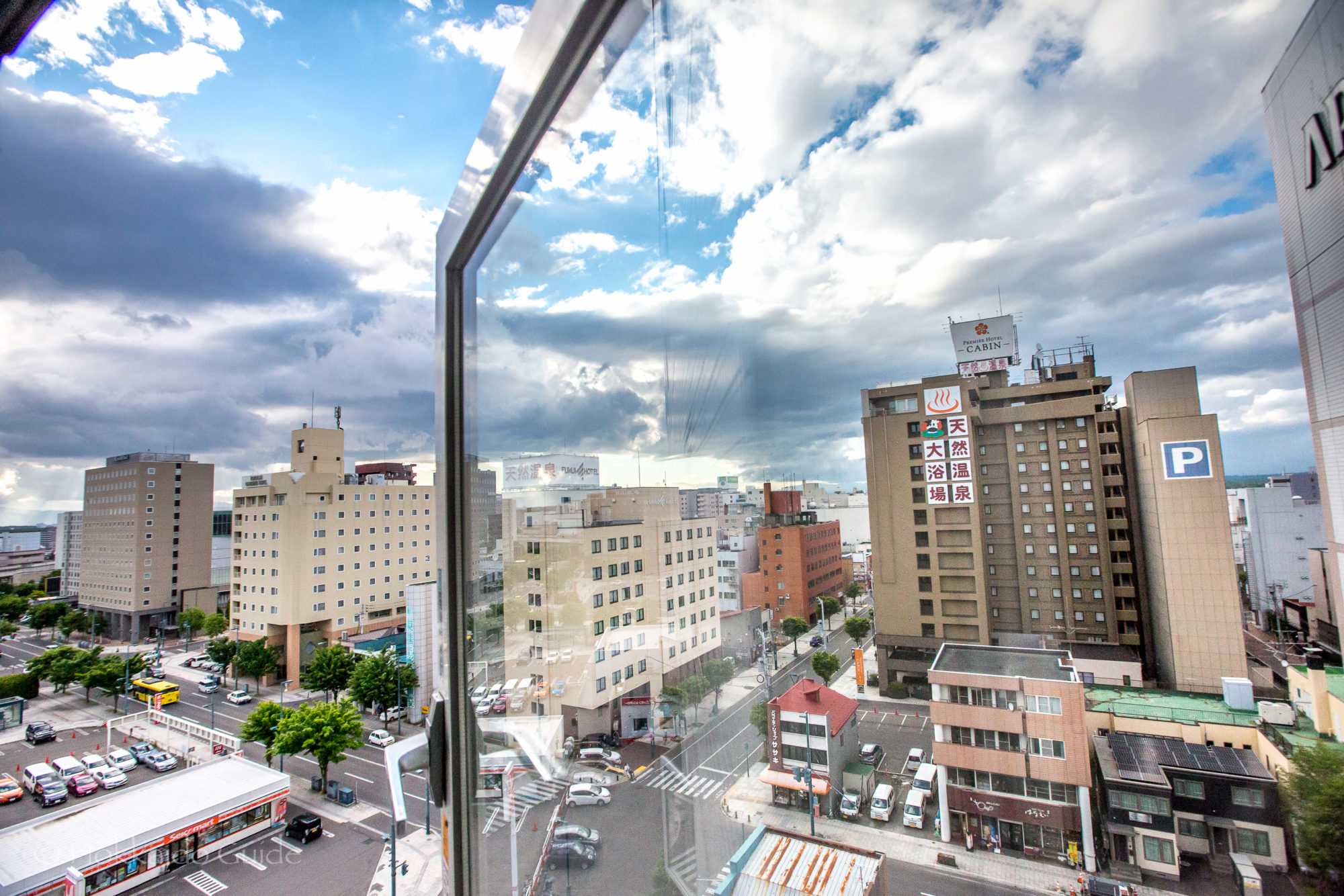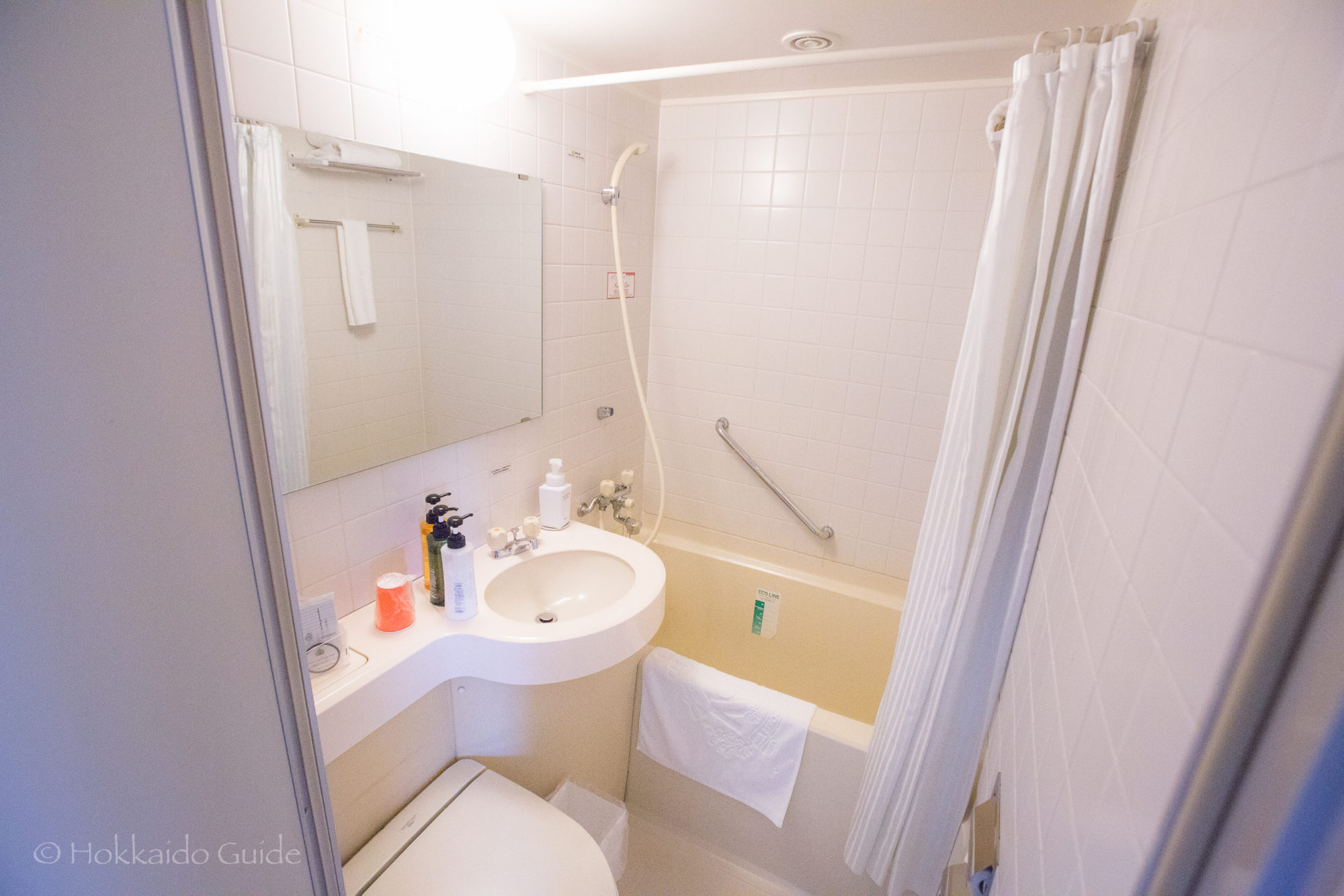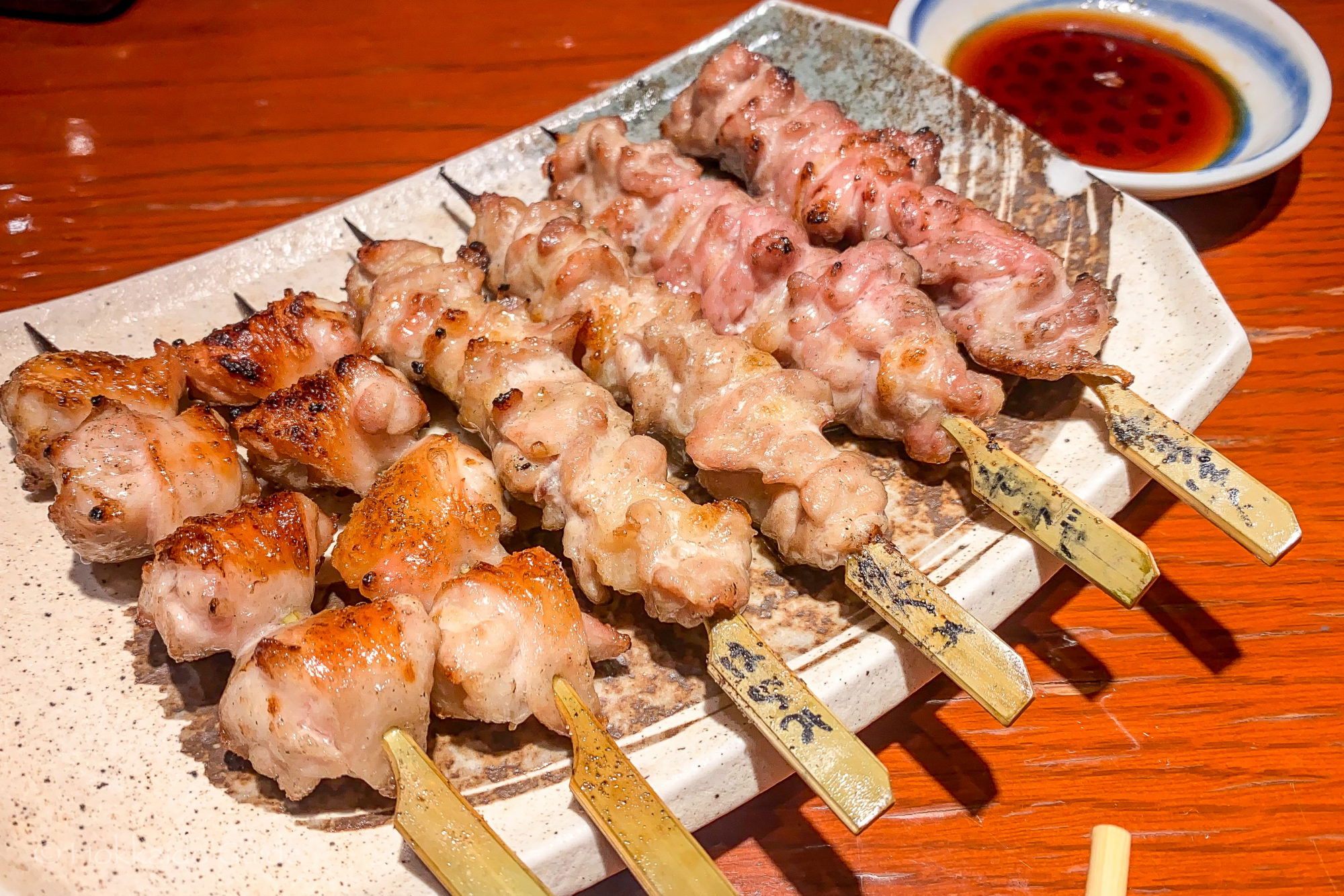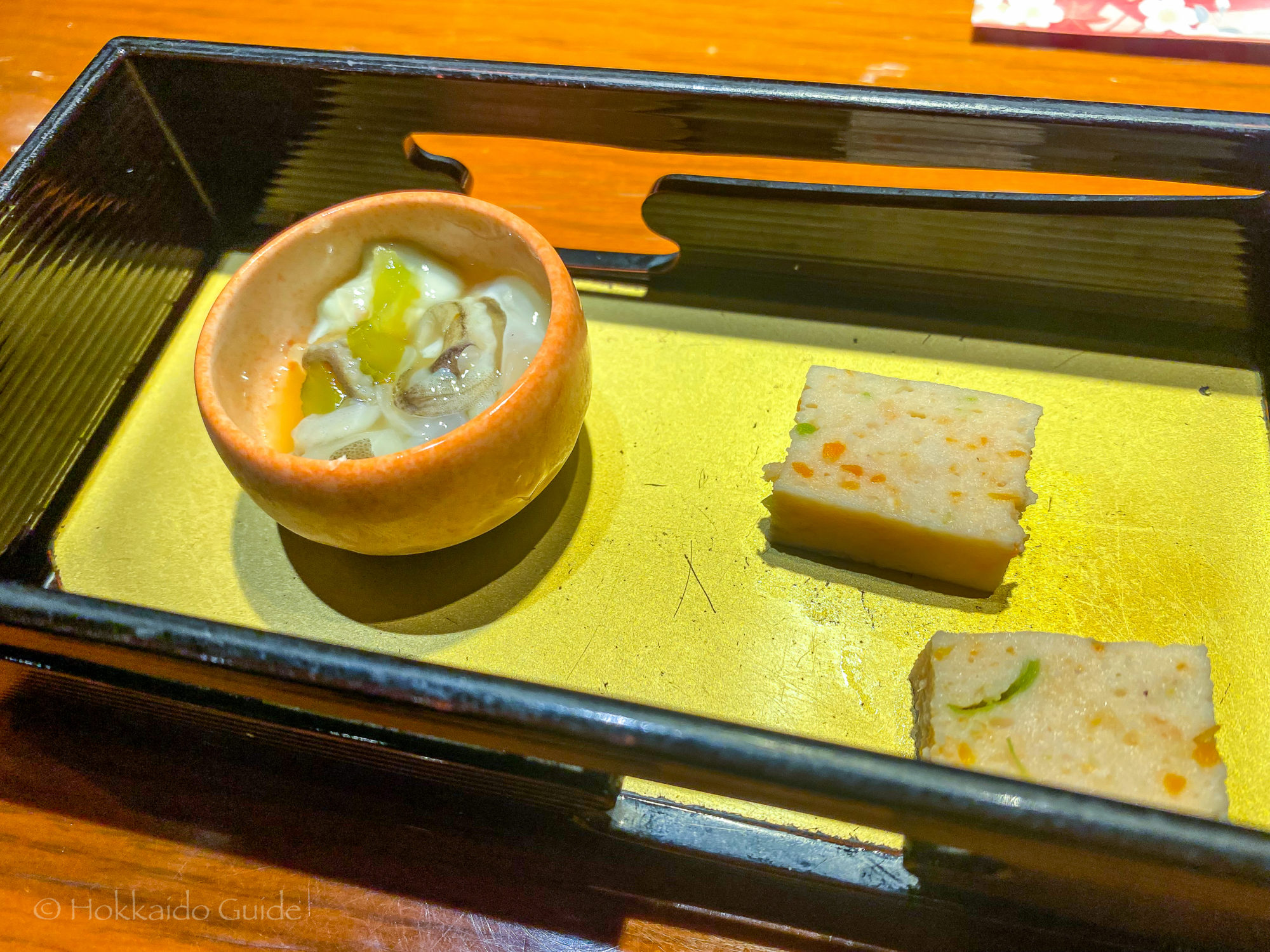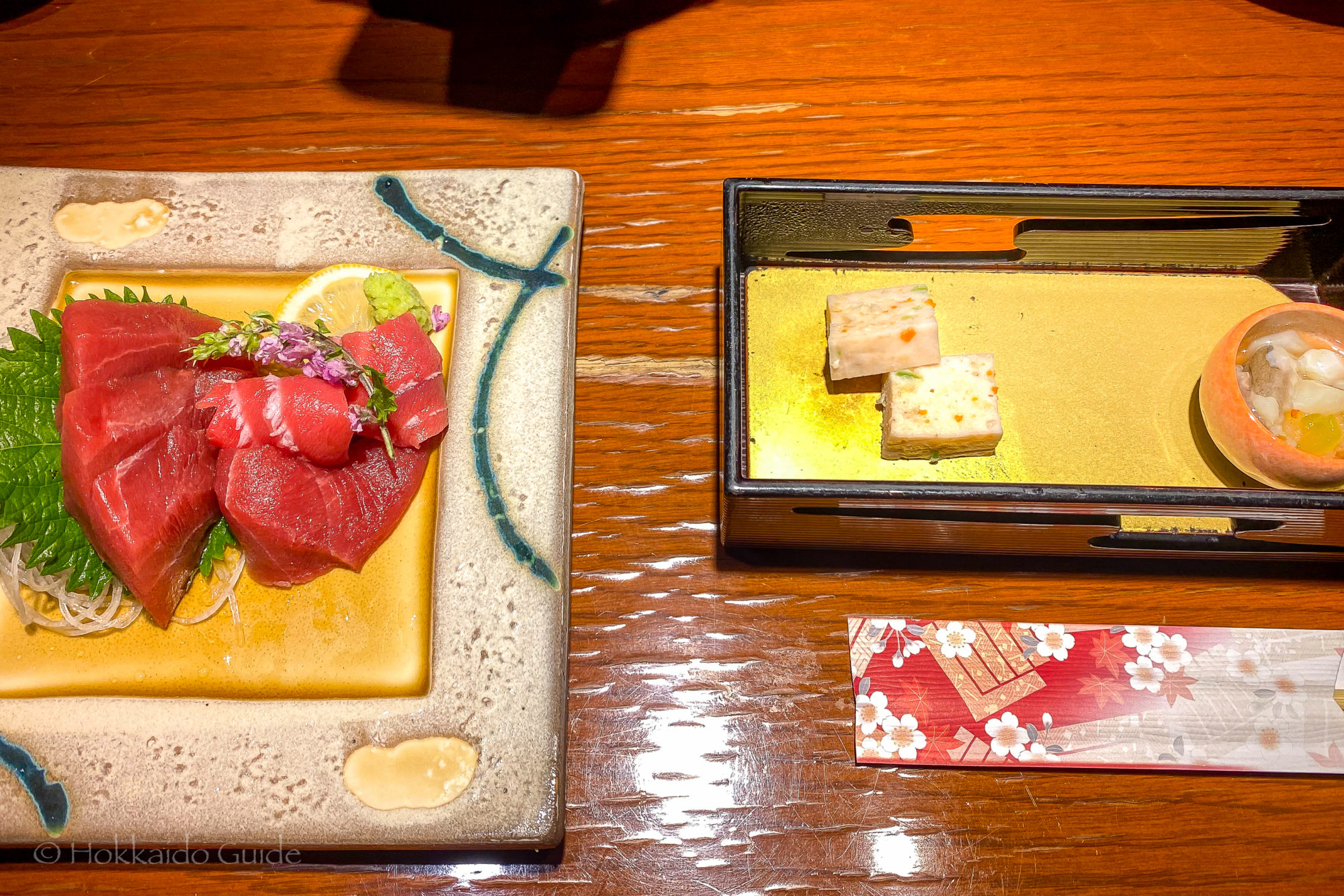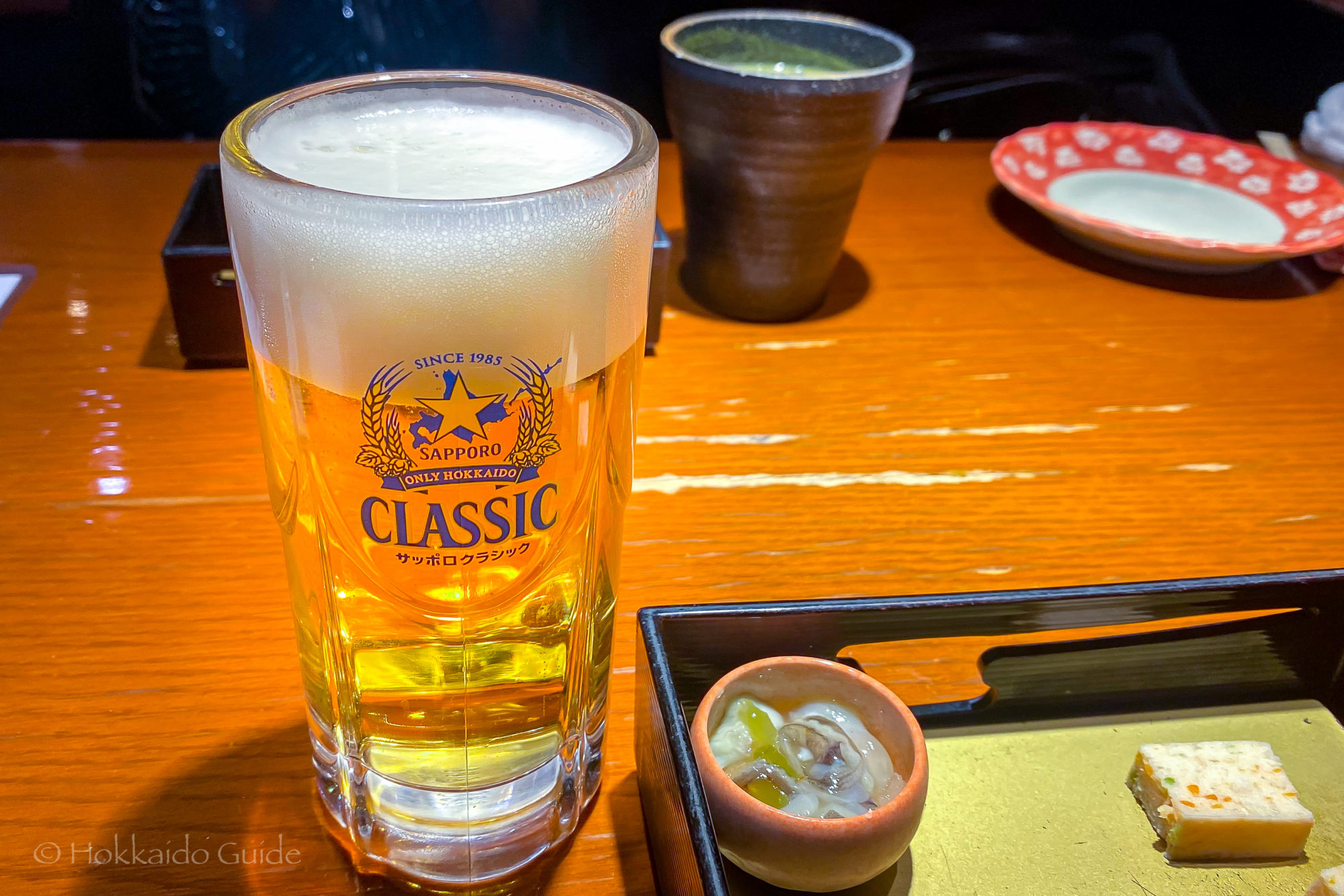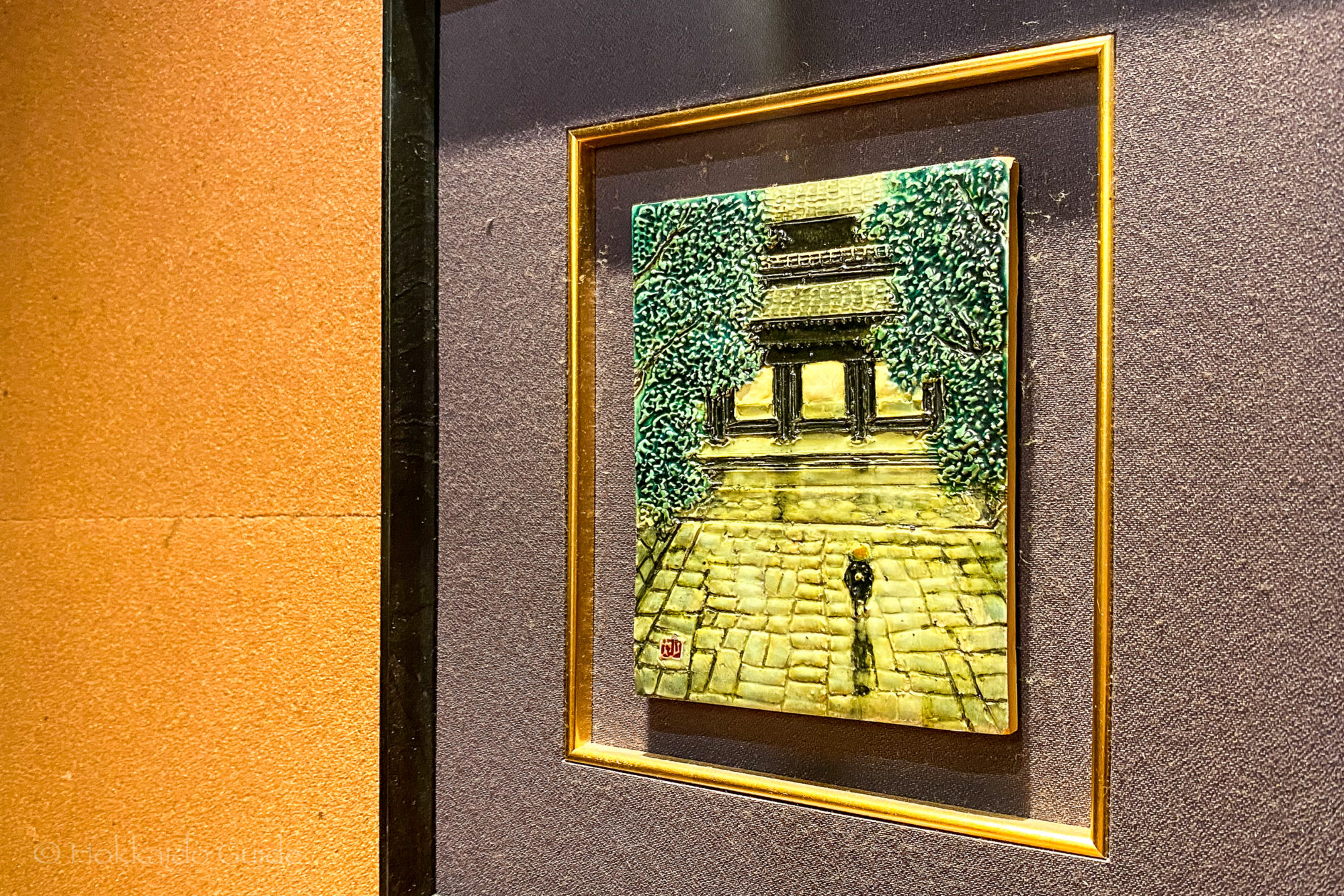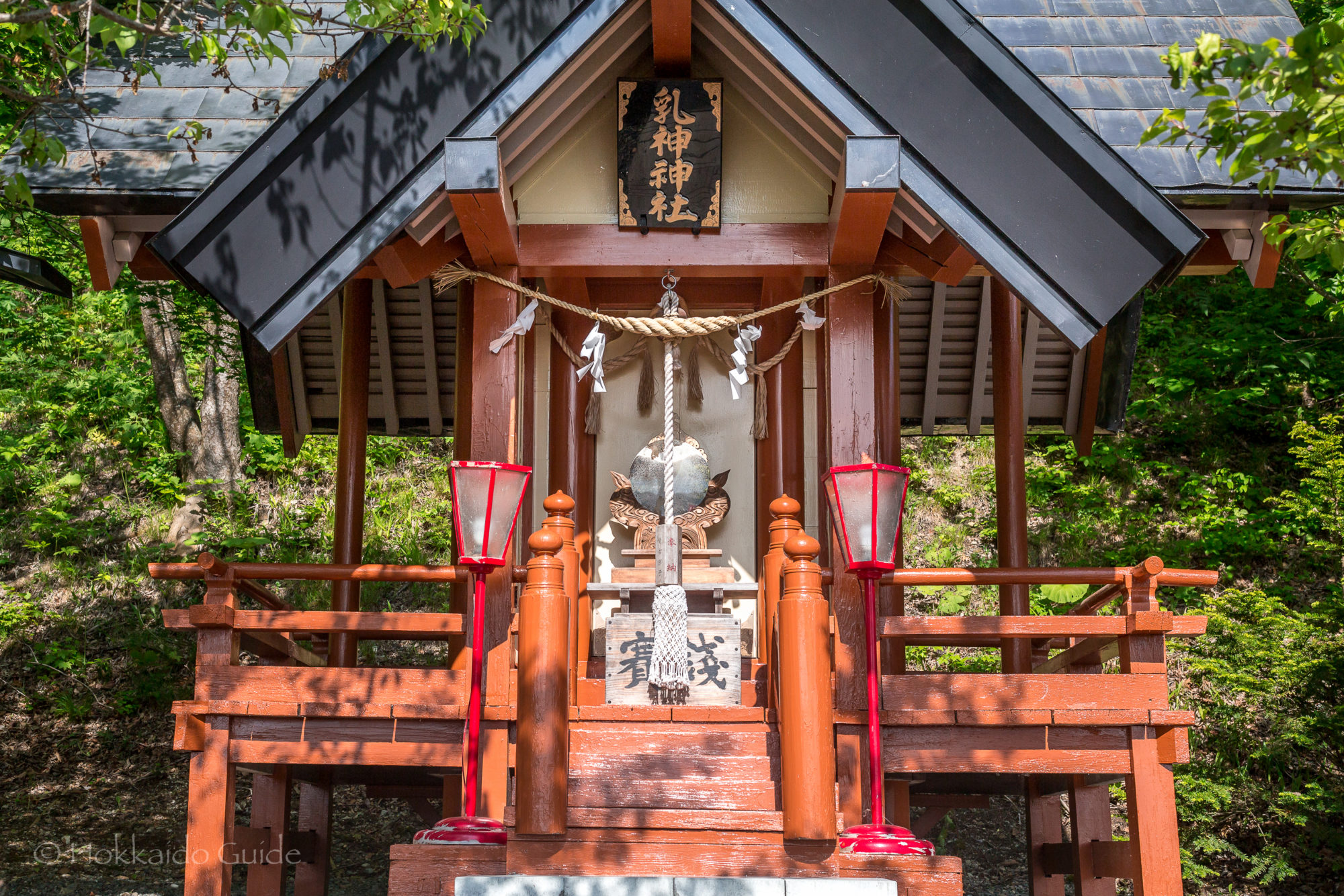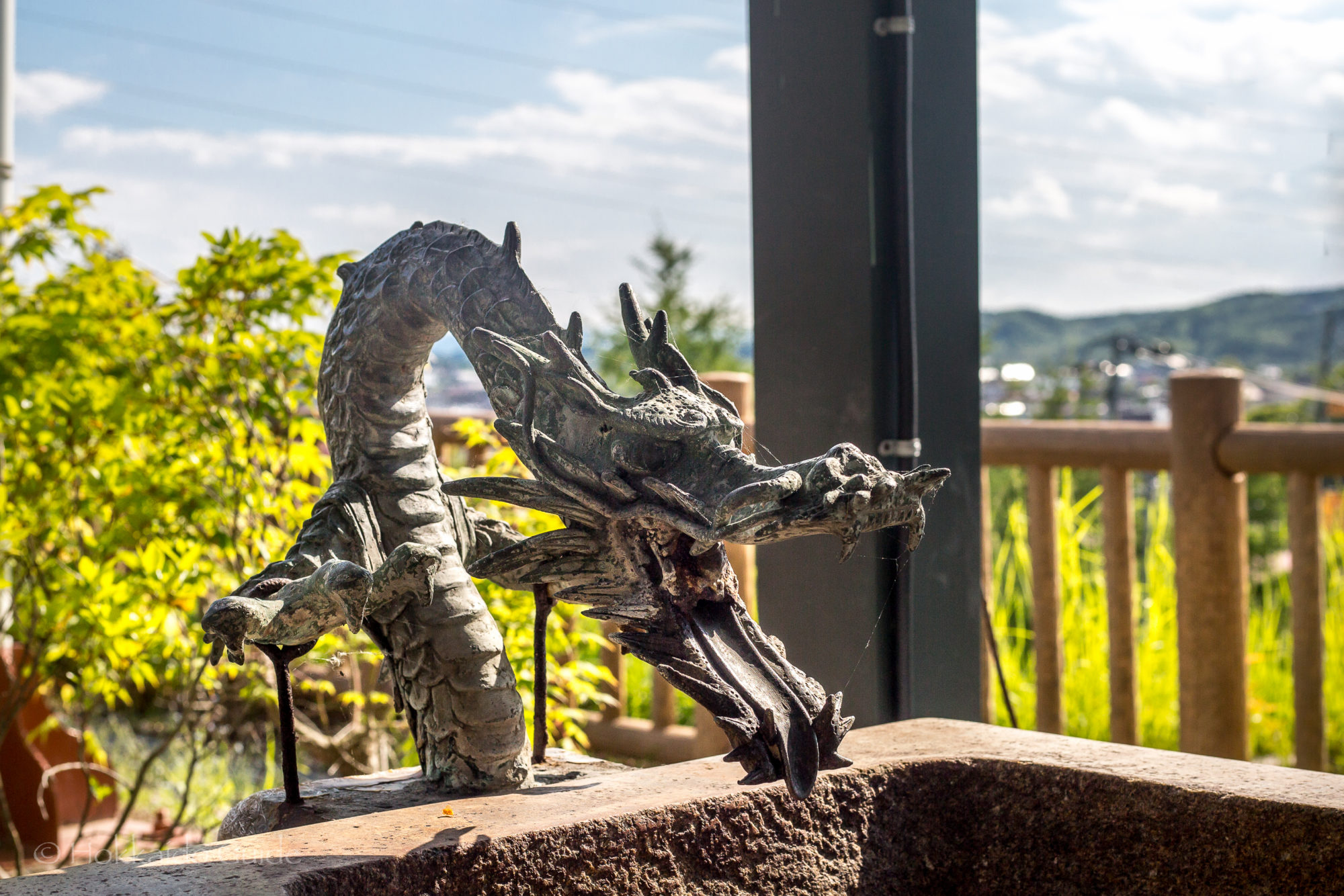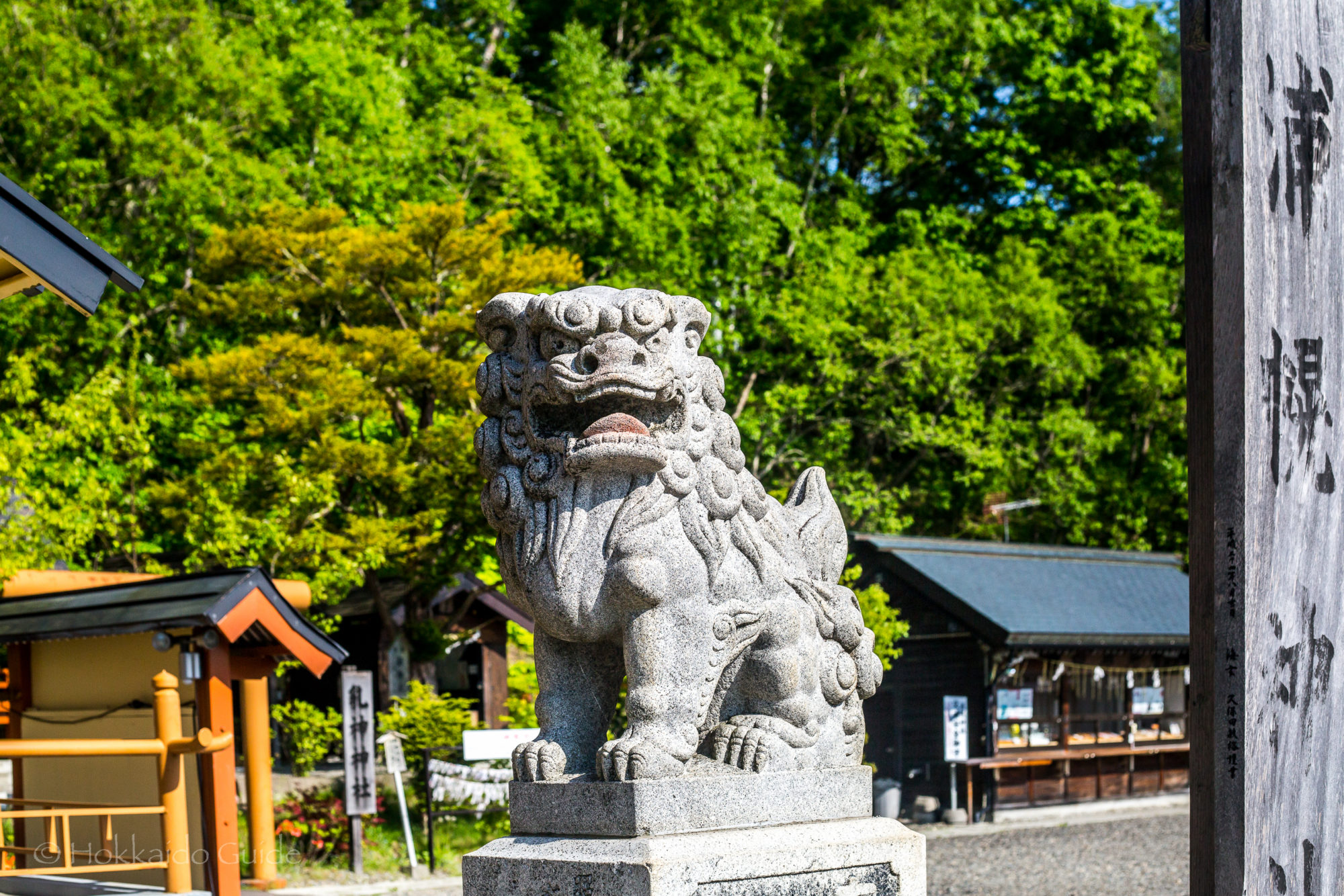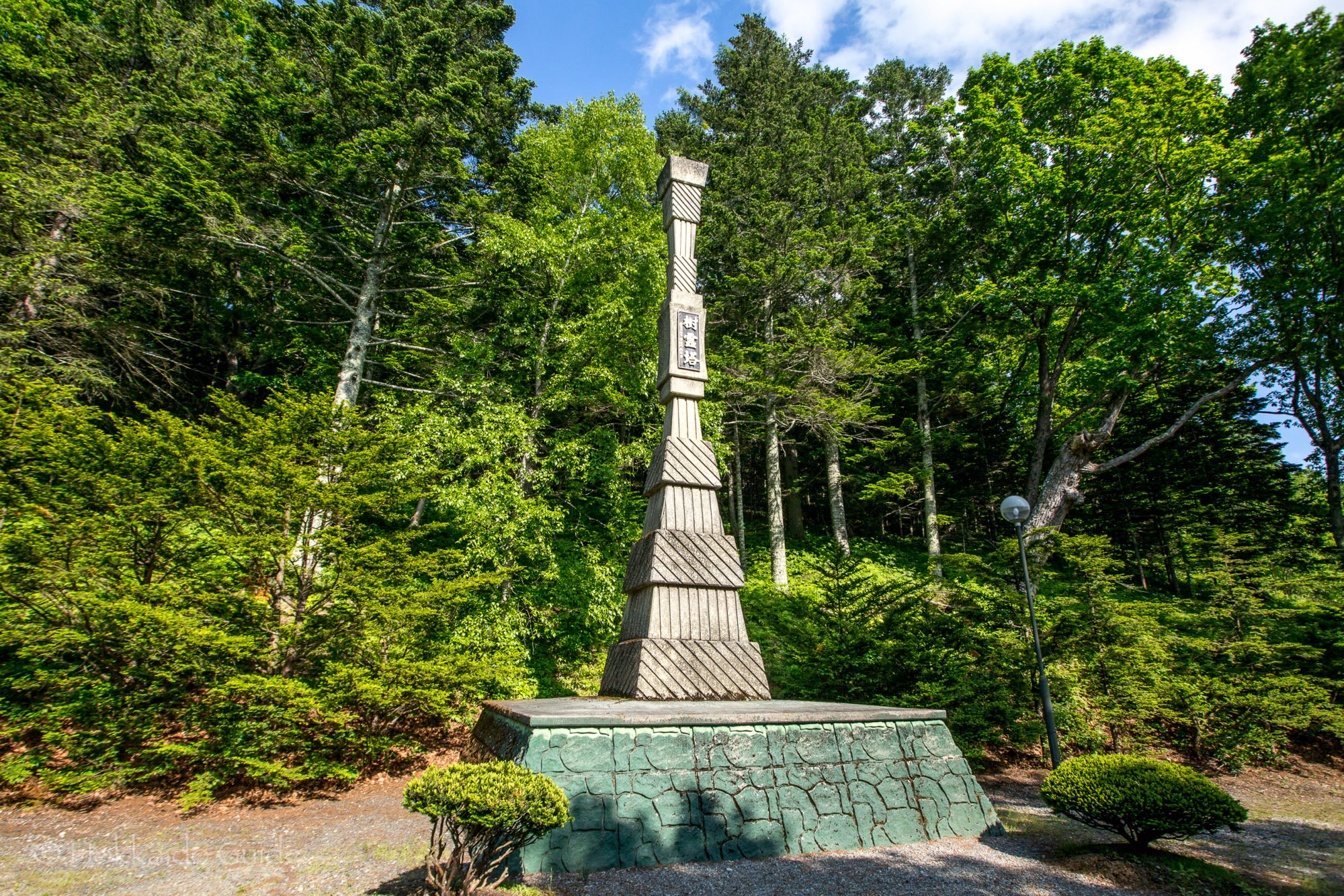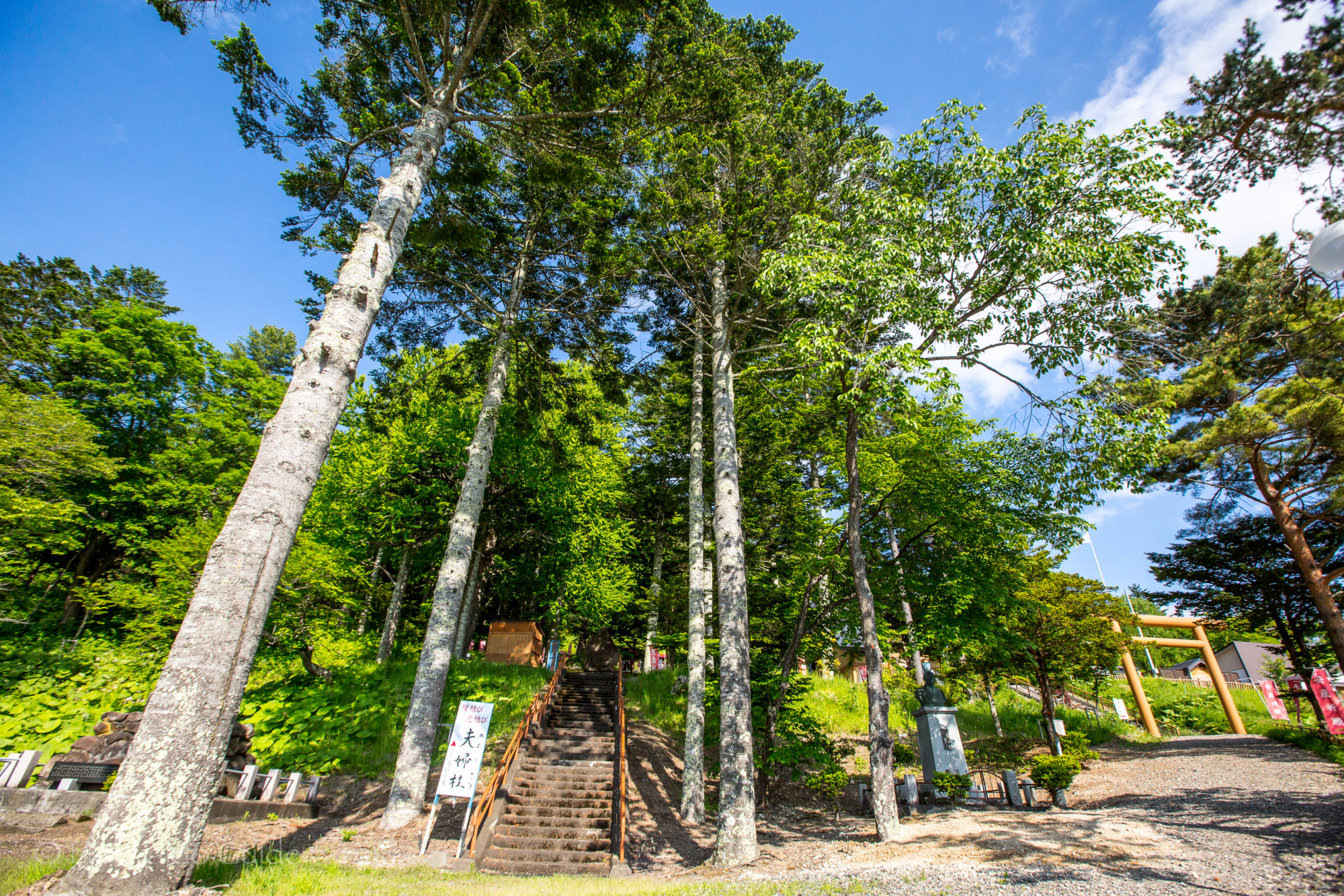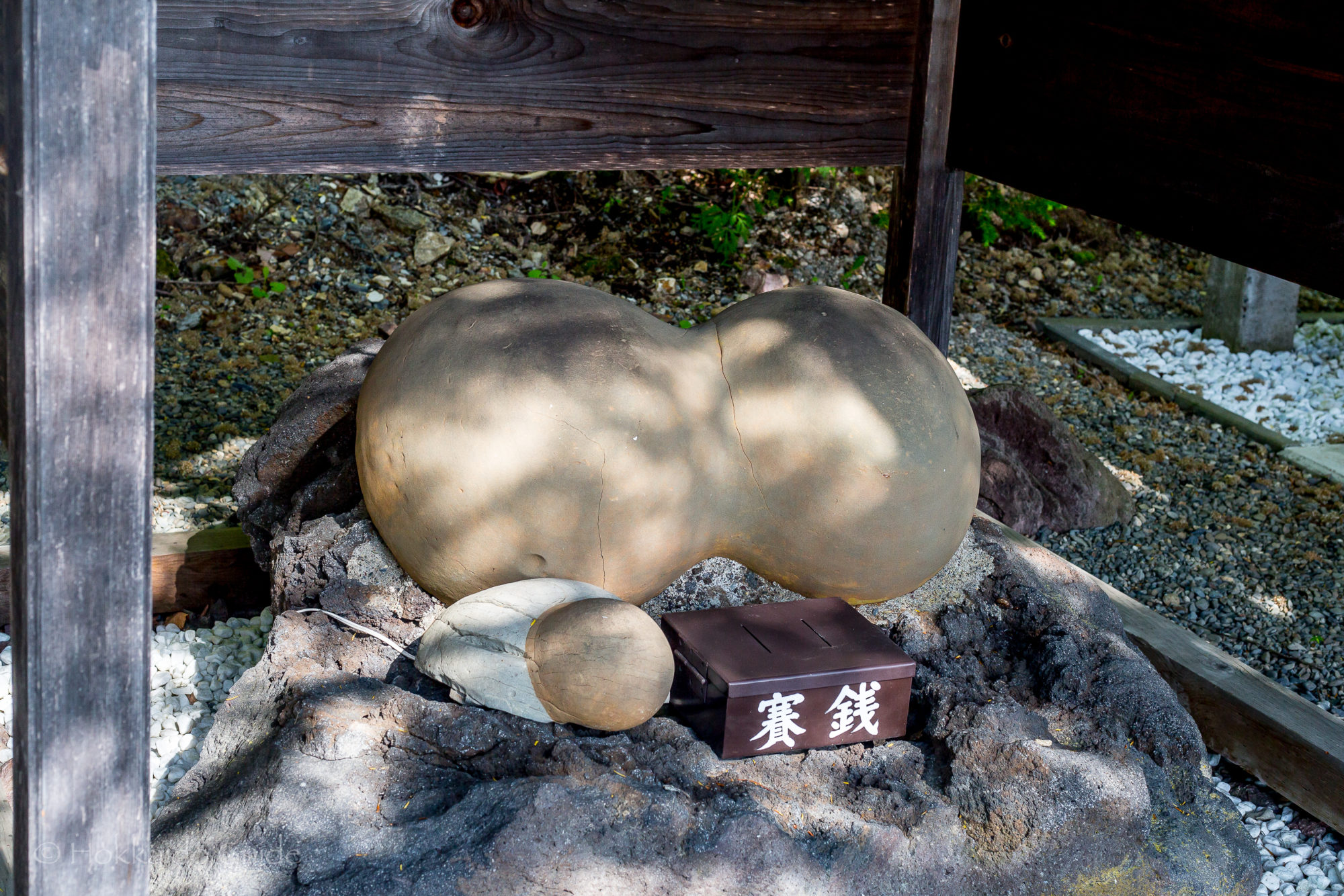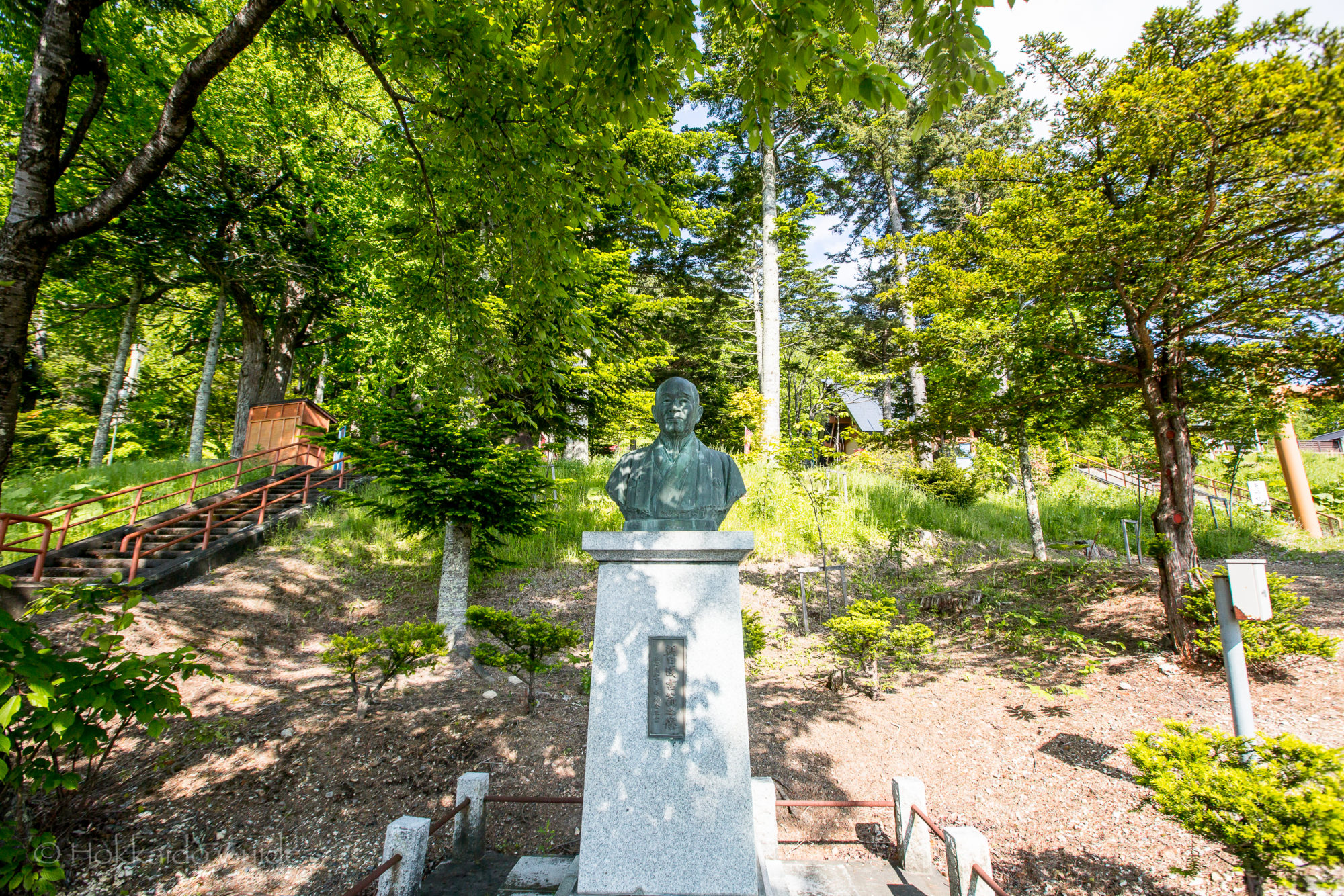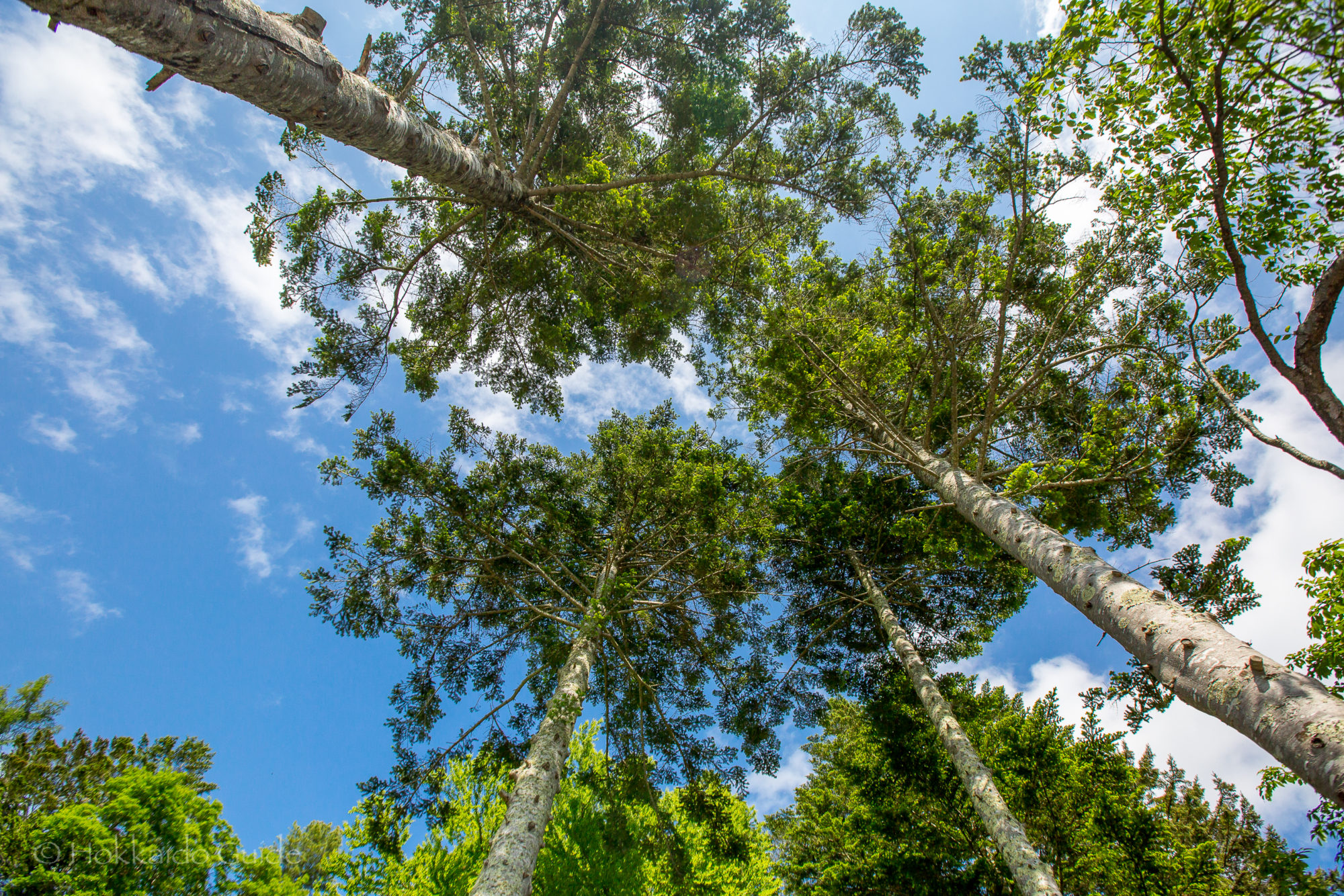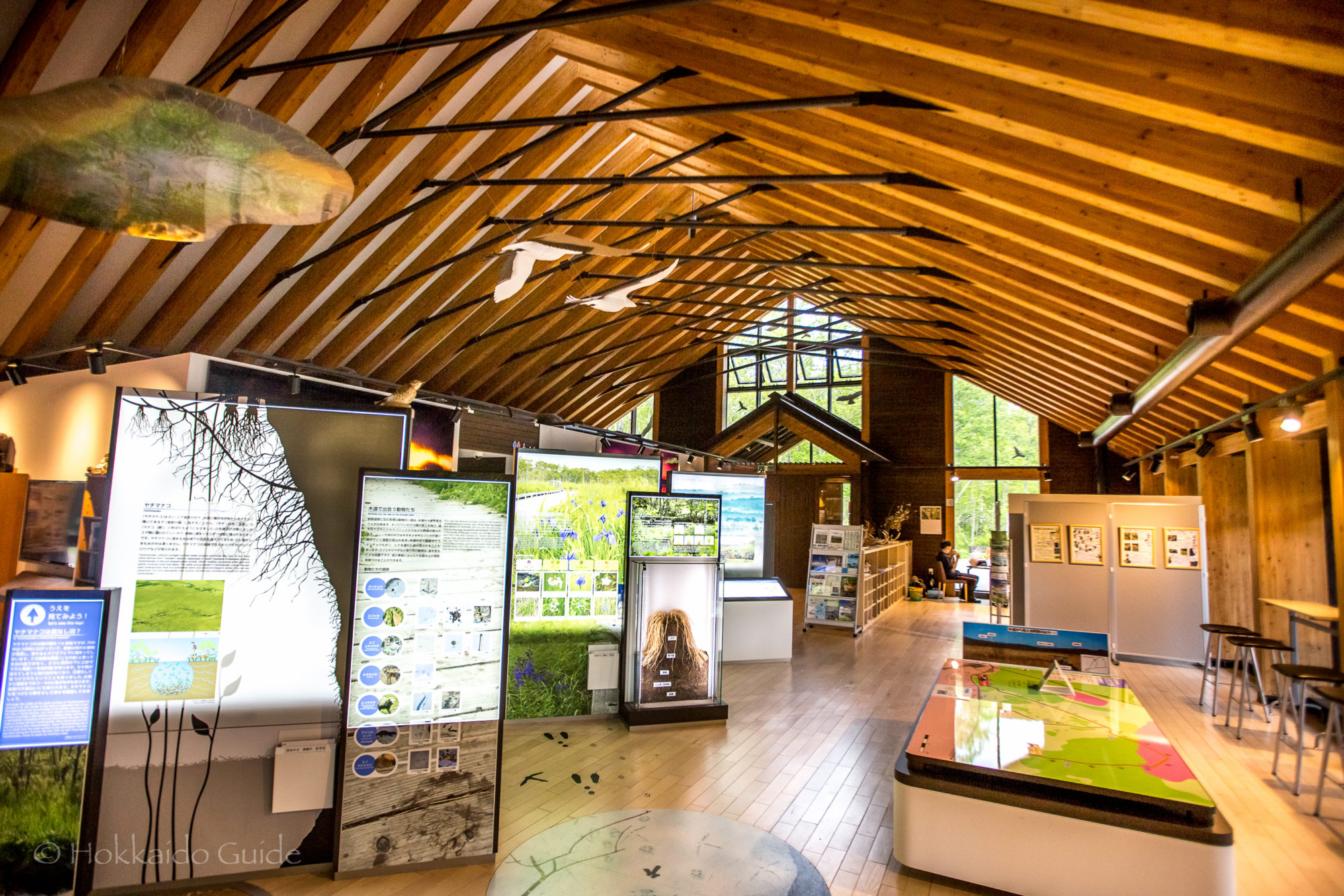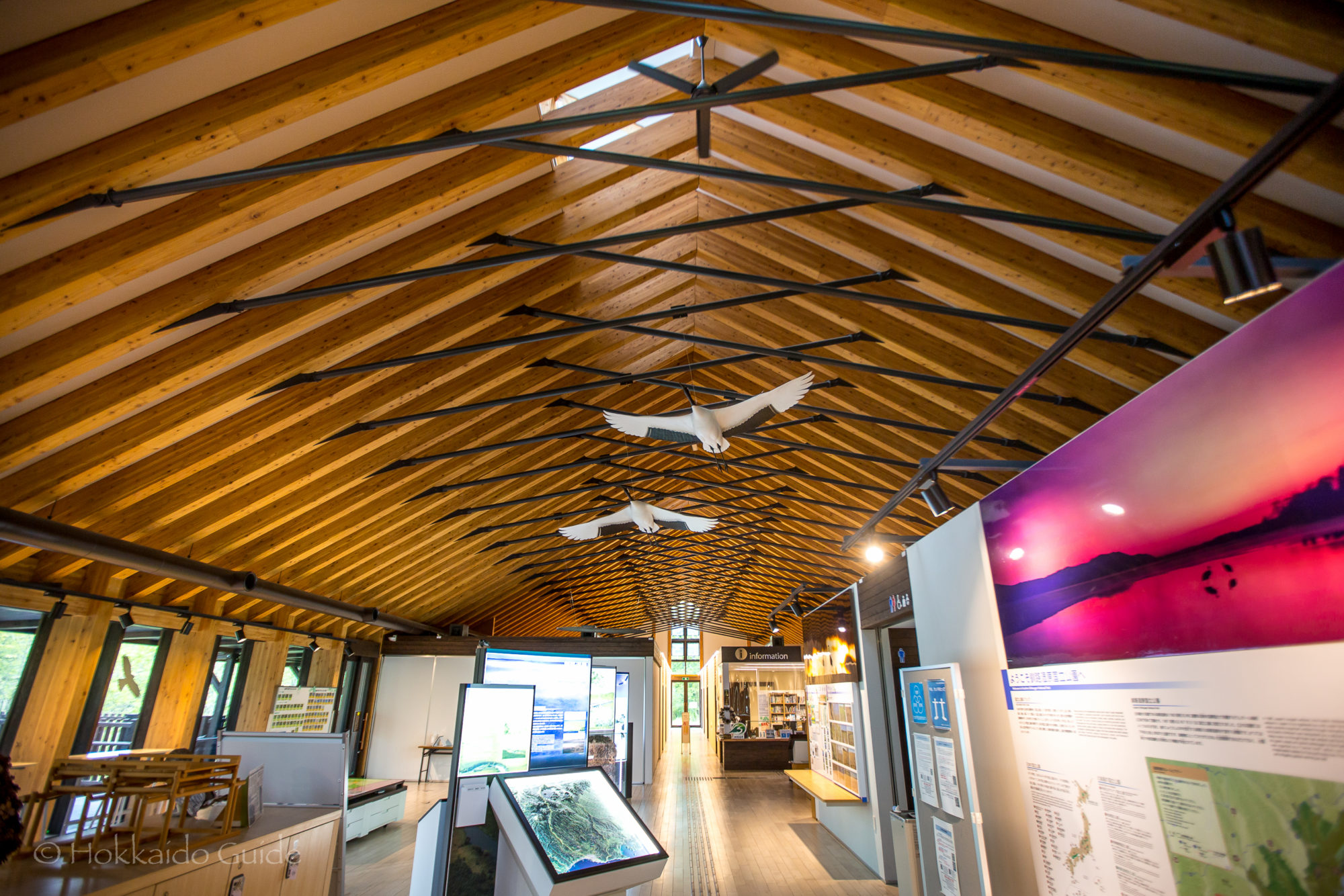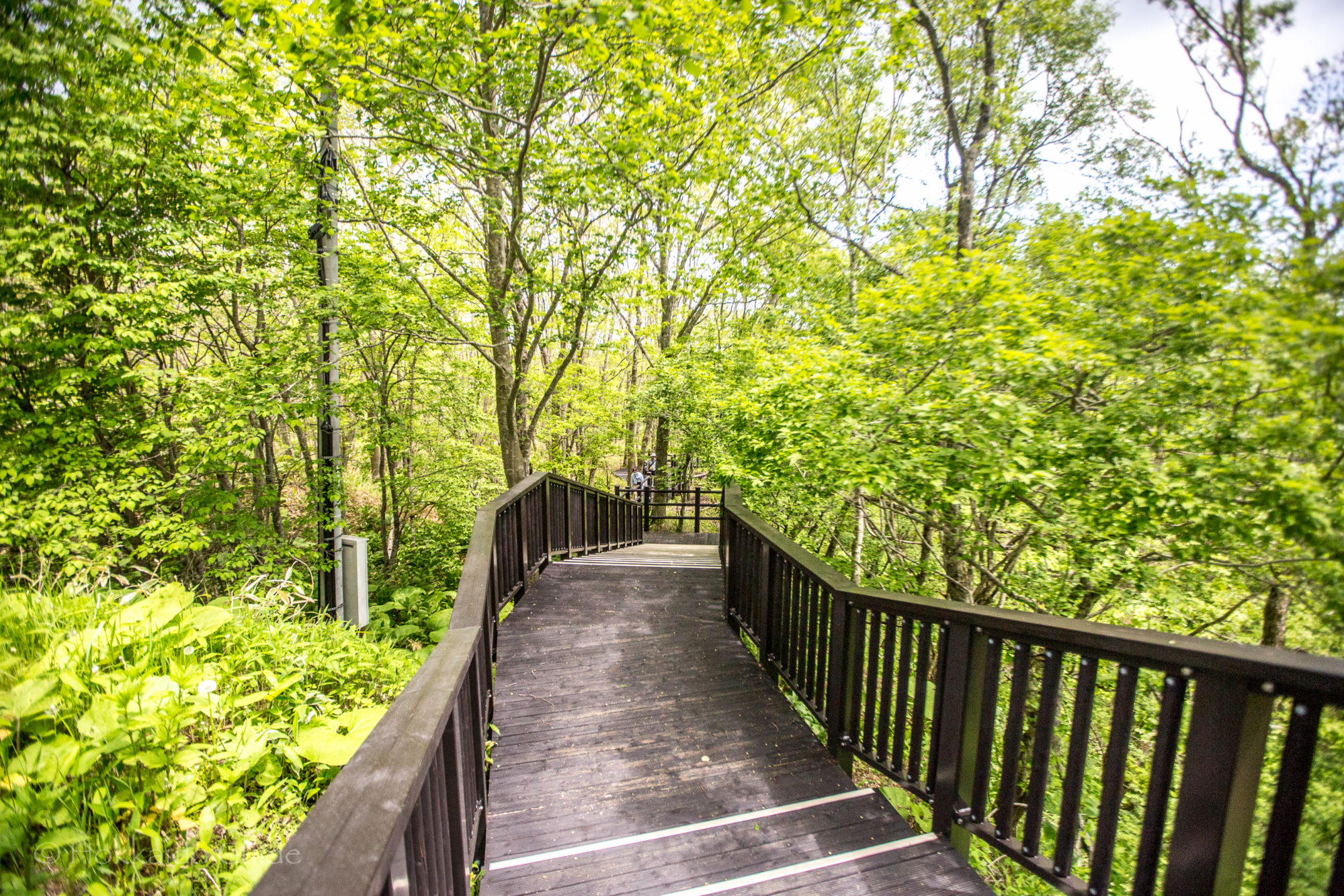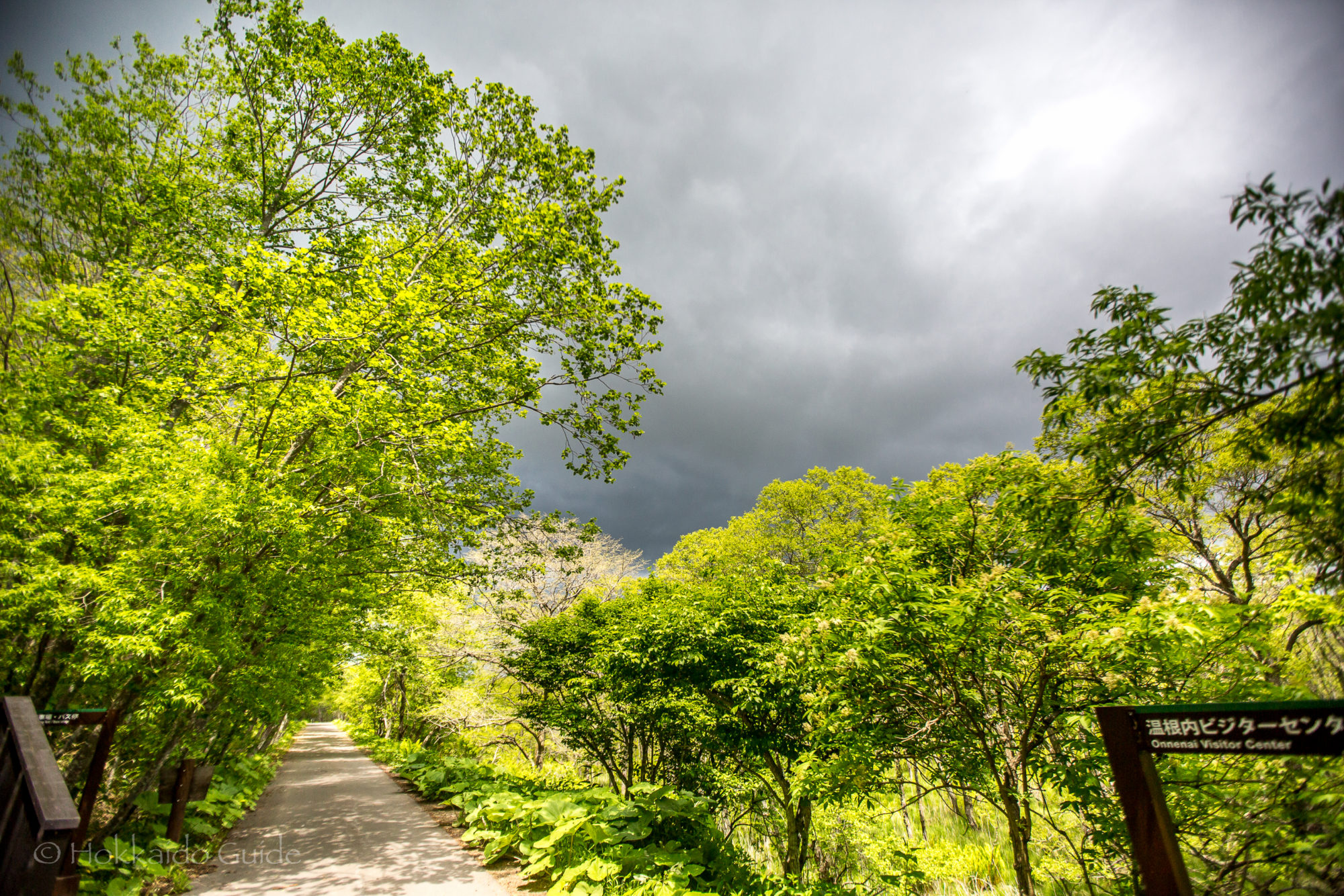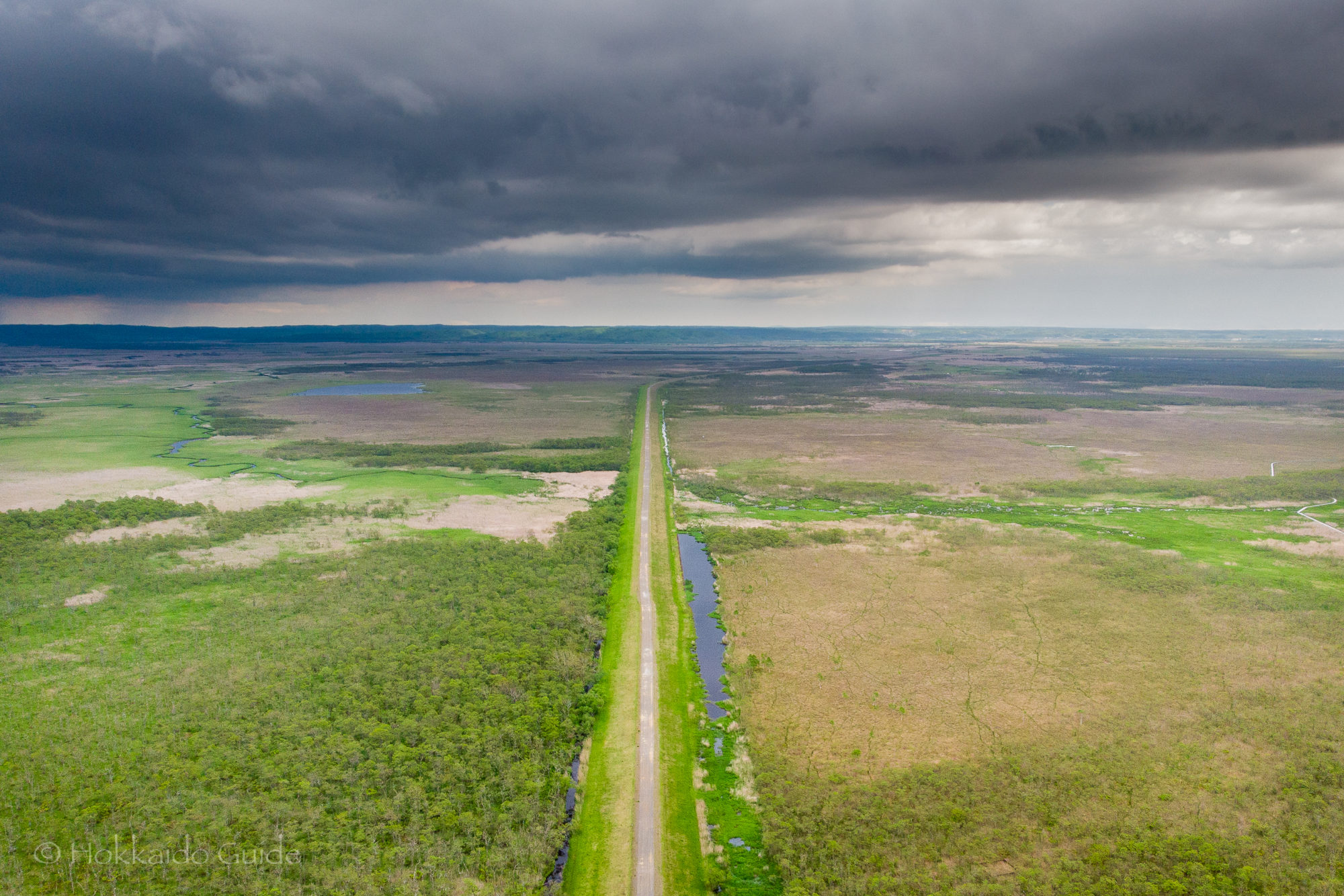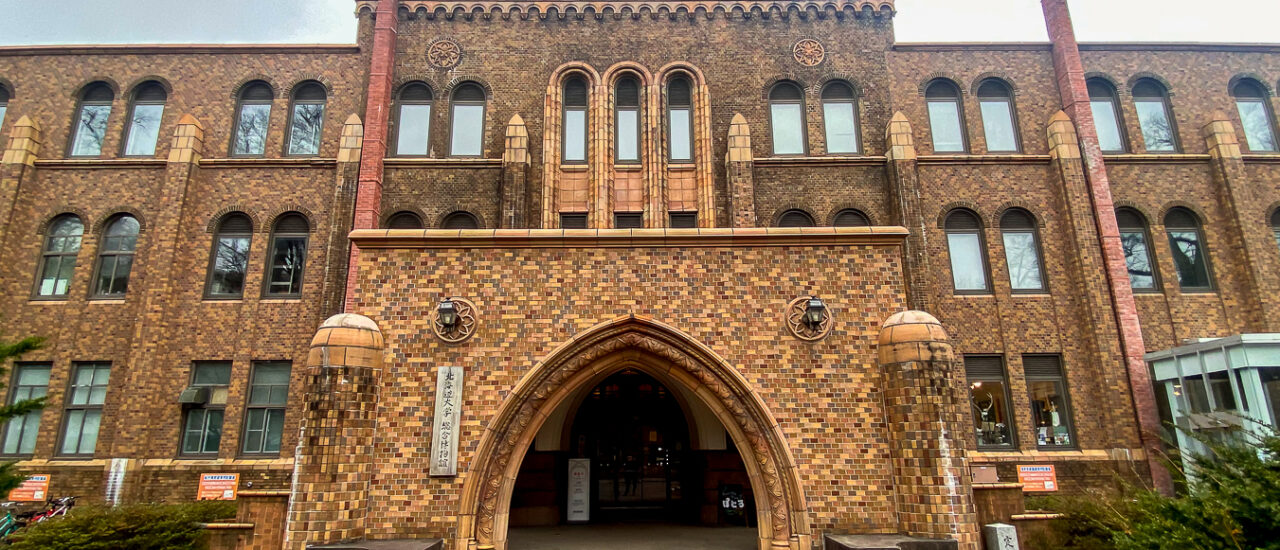
Author:
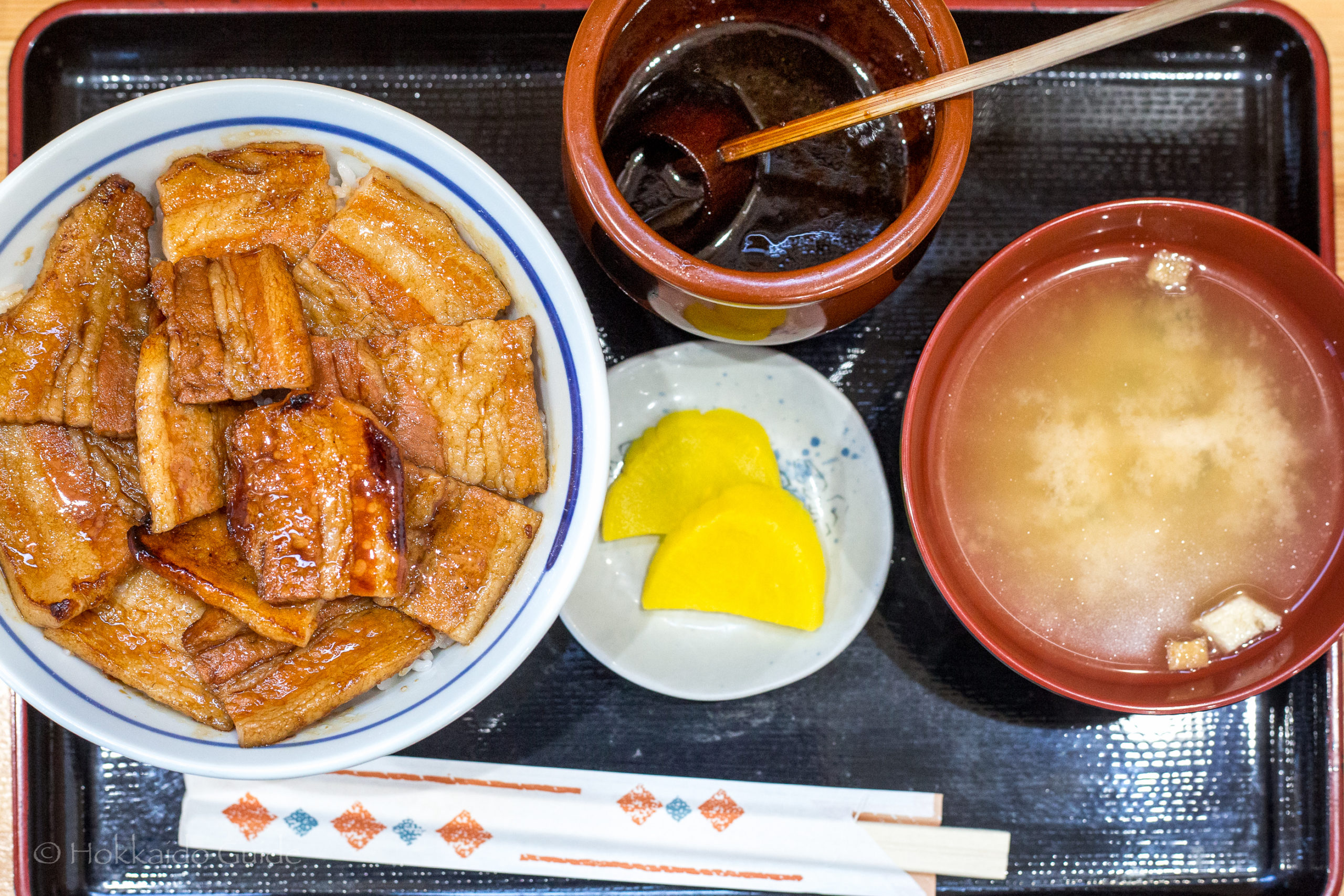
Butadon Tonta
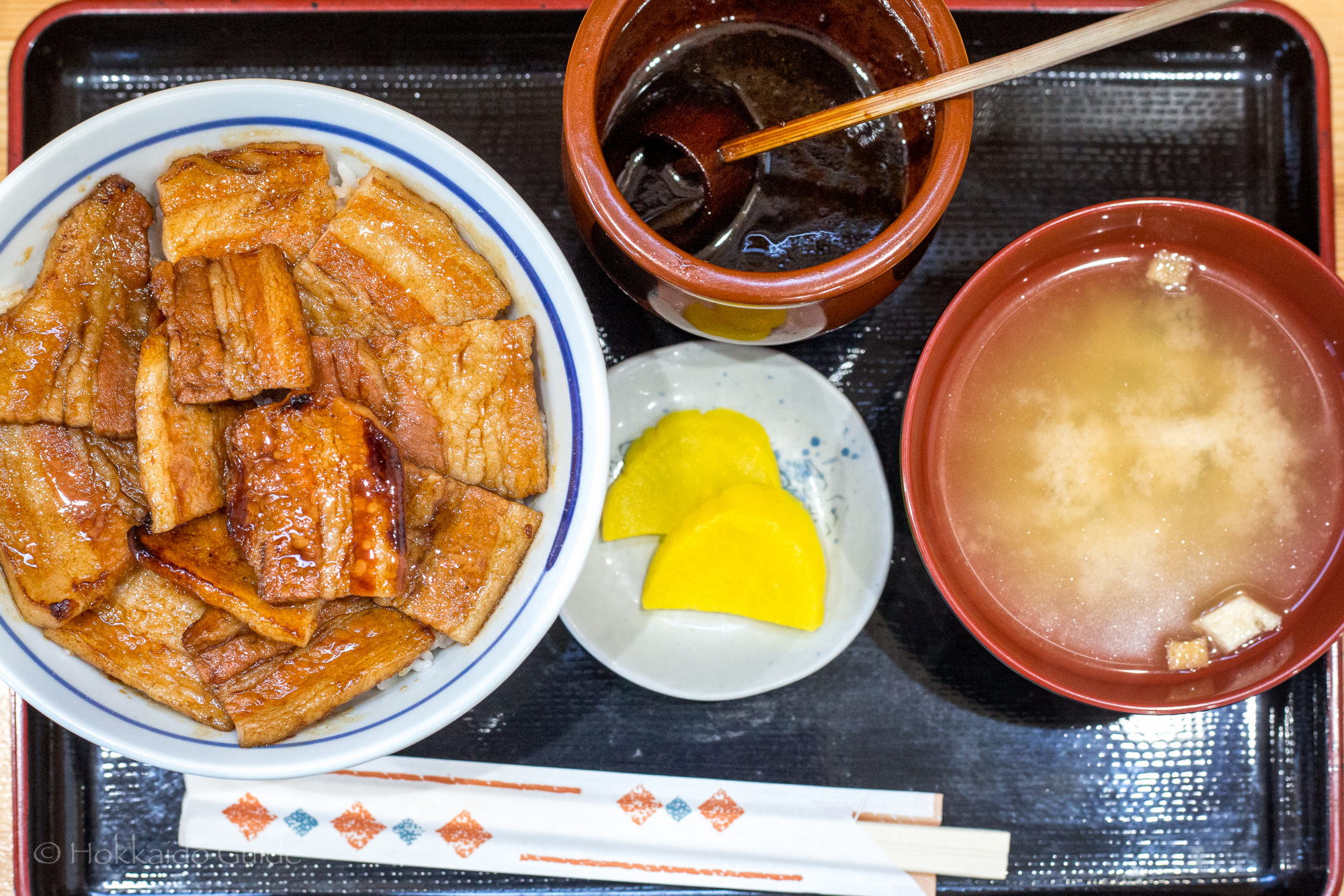
| Pricing Guide (Avg. cost per person) | ¥900 |
| Opening Hours | 11:00 - 18:00 |
| Closed | Sundays |
| Contact | 015-524-4358 |
| Notes | Pork bowl restaurant, seating 43, parking 21, no credit cards |
| Location / Getting There | Approximately 8 minutes by car from Obihiro Station on the JR Nemuro Main Line 〒080-0810 17-2-2, Higashi 10 Jominami, Obihiro-shi, Hokkaido |
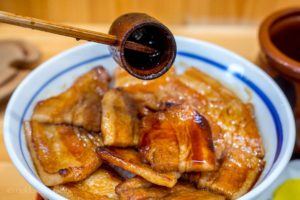 For those of you who enjoy a good pork dish, then ‘Butadon’ is a must try while in Japan. Butadon is pork simmered in a mildly sweet sauce served in a bowl on top of steaming white rice. Butadon is famous in Obihiro (central Hokkaido), and Butadon Tonta is one of the best pork restaurants in the city. The restaurant is slightly on the edge of the city centre by the large Satsunai River. It is a 30 minute walk from the centre of town, so going by car is the best means to get there. The pork here is full of flavor and succulent.
For those of you who enjoy a good pork dish, then ‘Butadon’ is a must try while in Japan. Butadon is pork simmered in a mildly sweet sauce served in a bowl on top of steaming white rice. Butadon is famous in Obihiro (central Hokkaido), and Butadon Tonta is one of the best pork restaurants in the city. The restaurant is slightly on the edge of the city centre by the large Satsunai River. It is a 30 minute walk from the centre of town, so going by car is the best means to get there. The pork here is full of flavor and succulent.
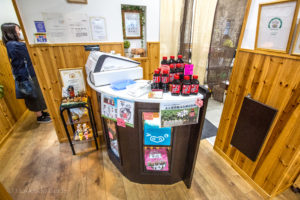 The menu here has only three main dishes but these are enough for any diner as they are all equally delicious. There is a basic pork loin bowl, a more succulent but fattier rose pork bowl, and lastly there is a fillet bowl which serves a more lean cut of pork. These dishes all come with a sauce which can be poured over the bowl and has a fantastic flavor. At the cash register, you can buy this fantastic sauce to take home with you. This restaurant is large and has plenty of parking. If you want to experience famous butadon, look no further than Butadon Tonta!
The menu here has only three main dishes but these are enough for any diner as they are all equally delicious. There is a basic pork loin bowl, a more succulent but fattier rose pork bowl, and lastly there is a fillet bowl which serves a more lean cut of pork. These dishes all come with a sauce which can be poured over the bowl and has a fantastic flavor. At the cash register, you can buy this fantastic sauce to take home with you. This restaurant is large and has plenty of parking. If you want to experience famous butadon, look no further than Butadon Tonta!
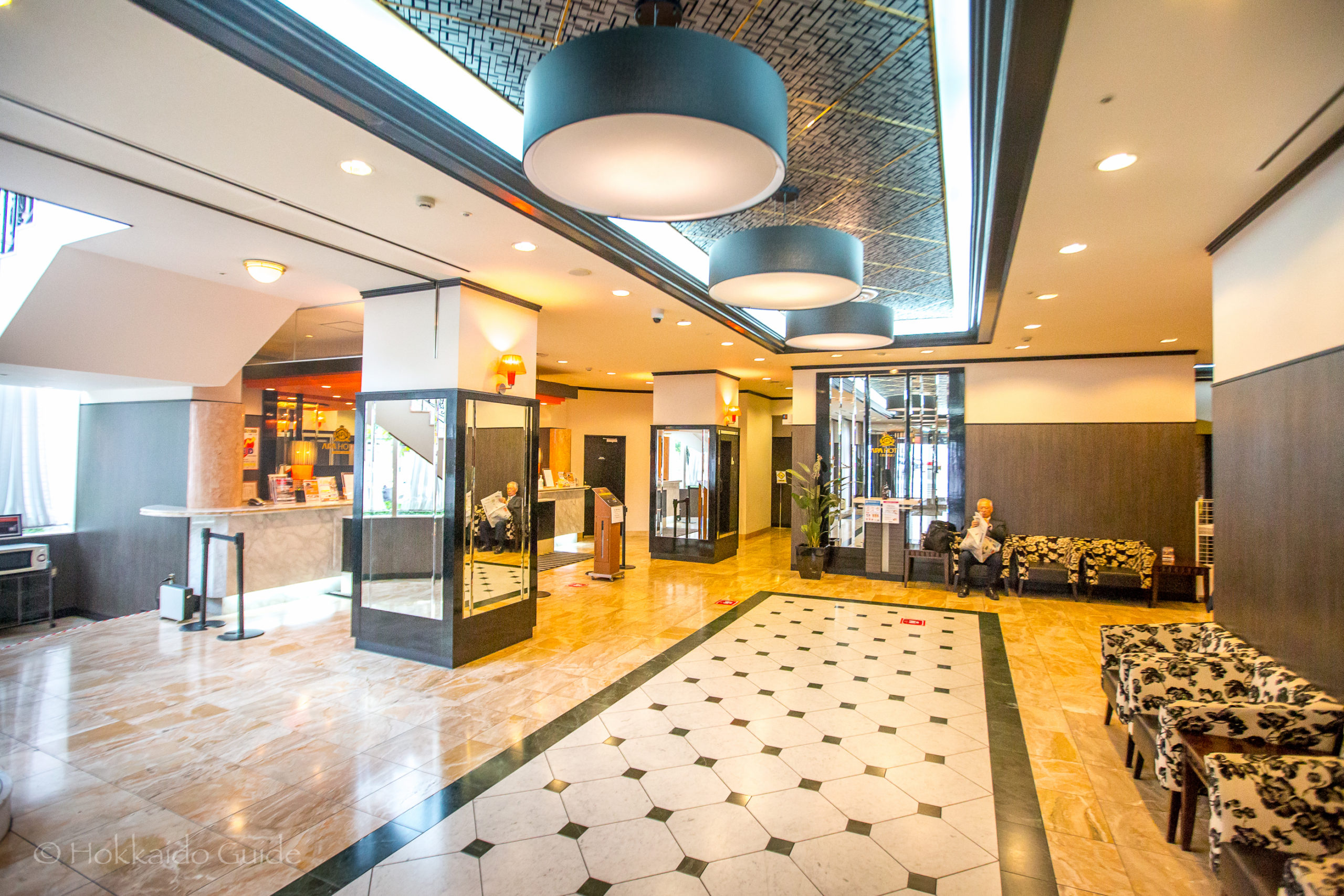
APA Hotel
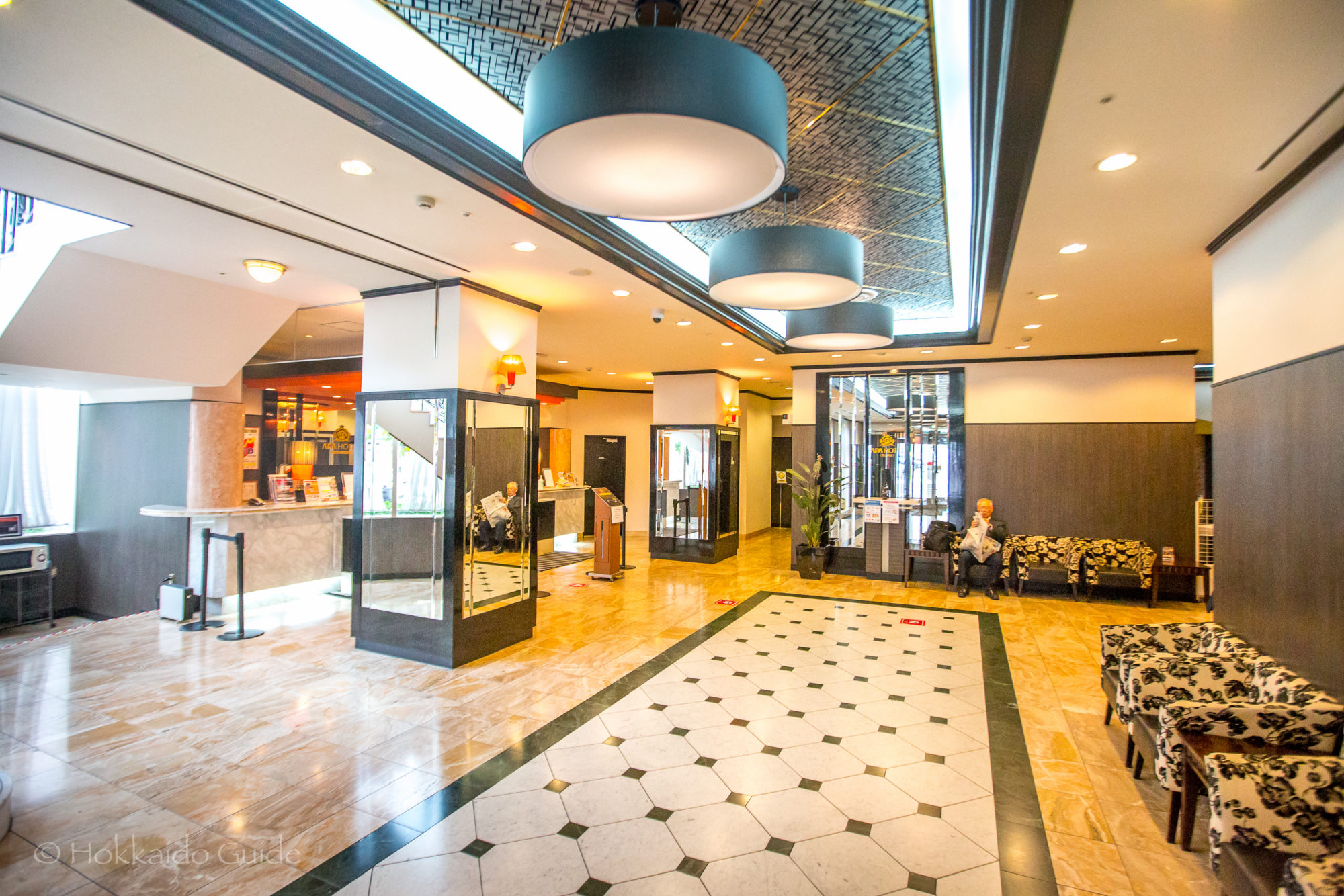
| Cost per night | ¥3,500 - ¥8,000 |
| Check-in | 15:00 |
| Check-out | 11:00 |
| Contact | http://www.apahotel.com |
| Restaurant | Yes |
| Wi-fi | Yes |
| Parking | Yes |
| Notes | Amenities in room, coin laundry, vending machines (soft drinks and alcohol), AED, smoking and non smoking rooms, dryer free, PC rental available, full air-conditioning, wheelchair access |
| Locations | 9 locations in Sapporo 2 locations in Asahikawa, Hakodate & Kushiro 1 location in Obihiro, Shiretoko, Kitami, Furano & Muroran |
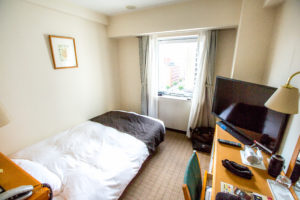 APA is a huge chain of hotels throughout Japan. They have hotels in over 400 locations, and in 47 regions of Japan. In Hokkaido, you can find an APA hotel in every major city. There are 20 hotels in Hokkaido. What makes the APA hotel so popular is its affordability. These hotels are 3 star budget hotels but are clean and convenient. Most of the hotels are near the main stations or near points of interest. They have restaurants on the premises, and all the amenities you need. If you are traveling on a budget, then these are great hotels to stay at. Some of the hotels have onsens (hot springs), for the weary traveller. For all locations throughout Hokkaido, please see the map at the bottom of the article.
APA is a huge chain of hotels throughout Japan. They have hotels in over 400 locations, and in 47 regions of Japan. In Hokkaido, you can find an APA hotel in every major city. There are 20 hotels in Hokkaido. What makes the APA hotel so popular is its affordability. These hotels are 3 star budget hotels but are clean and convenient. Most of the hotels are near the main stations or near points of interest. They have restaurants on the premises, and all the amenities you need. If you are traveling on a budget, then these are great hotels to stay at. Some of the hotels have onsens (hot springs), for the weary traveller. For all locations throughout Hokkaido, please see the map at the bottom of the article.

Mamma Mia
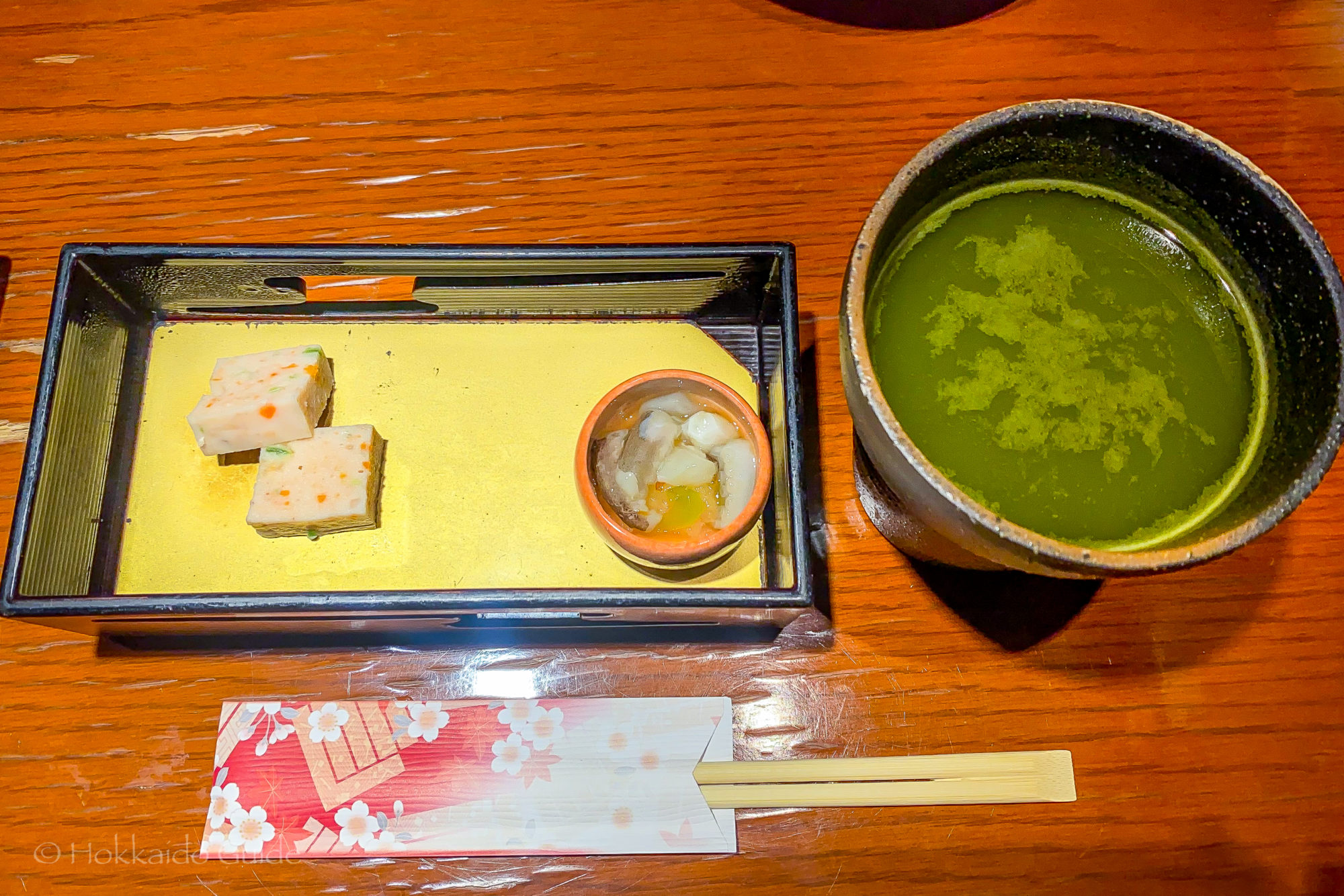
| Pricing Guide (Avg. cost per person) | ¥3000 |
| Opening Hours | 17:00 - 24:00 midnight |
| Closed | - |
| Contact | 011-1232-6885 https://manmami-ya.owst.jp/ |
| Notes | Japanese dining, private rooms available, party plans, smoking/non smoking, reservations advised, uber eats available |
| Location / Getting There | The restaurant is one block north of route 36. It is in the Susukino area of Sapporo. It is a 3 minute walk from Susukino subway station. Alternatively, it is only a 1 minute walk from Hosui Susukino subway station (Toho line), exit 2. 〒060-0063 Hokkaido, Sapporo, Chuo Ward, Minami 3 Jonishi, 2 Chome-3-3 Nakakoji, facing south |
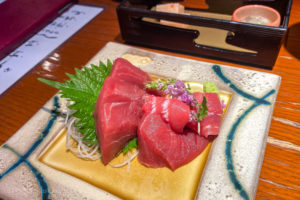 Mamma Mia is a very popular restaurant and bar in Sapporo. Although the name suggests Italian, Mamma Mia is predominantly a Japanese seafood restaurant. It has three levels and it caters well especially for groups and large parties. They have private rooms here that can fit up to 36 people. They have party plans and that always popular ‘all you can drink’ (nomihodai) option. The food here is primarily Japanese seafood, grilled meat, and salads. As this restaurant is quite popular, it is recommended to make a reservation beforehand.
Mamma Mia is a very popular restaurant and bar in Sapporo. Although the name suggests Italian, Mamma Mia is predominantly a Japanese seafood restaurant. It has three levels and it caters well especially for groups and large parties. They have private rooms here that can fit up to 36 people. They have party plans and that always popular ‘all you can drink’ (nomihodai) option. The food here is primarily Japanese seafood, grilled meat, and salads. As this restaurant is quite popular, it is recommended to make a reservation beforehand.
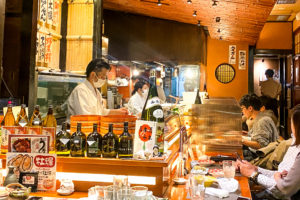 The party plan courses range from ¥7000 to ¥4000 per person which includes set dishes and the nomihodai. They have some delicious sashimi here, plus grilled eel, oysters, and a large quantity of grilled skewered meat (mainly chicken), and salads. The restaurant is well known also for its handmade tofu. The drink menu has Sapporo Classic on tap, cocktails, wines, authentic shochu, plum wine, and sake. For a good taste of predominantly Japanese seafood, Mamma Mia is good choice for a night out on the town. Suitable for couples, groups and large groups.
The party plan courses range from ¥7000 to ¥4000 per person which includes set dishes and the nomihodai. They have some delicious sashimi here, plus grilled eel, oysters, and a large quantity of grilled skewered meat (mainly chicken), and salads. The restaurant is well known also for its handmade tofu. The drink menu has Sapporo Classic on tap, cocktails, wines, authentic shochu, plum wine, and sake. For a good taste of predominantly Japanese seafood, Mamma Mia is good choice for a night out on the town. Suitable for couples, groups and large groups.
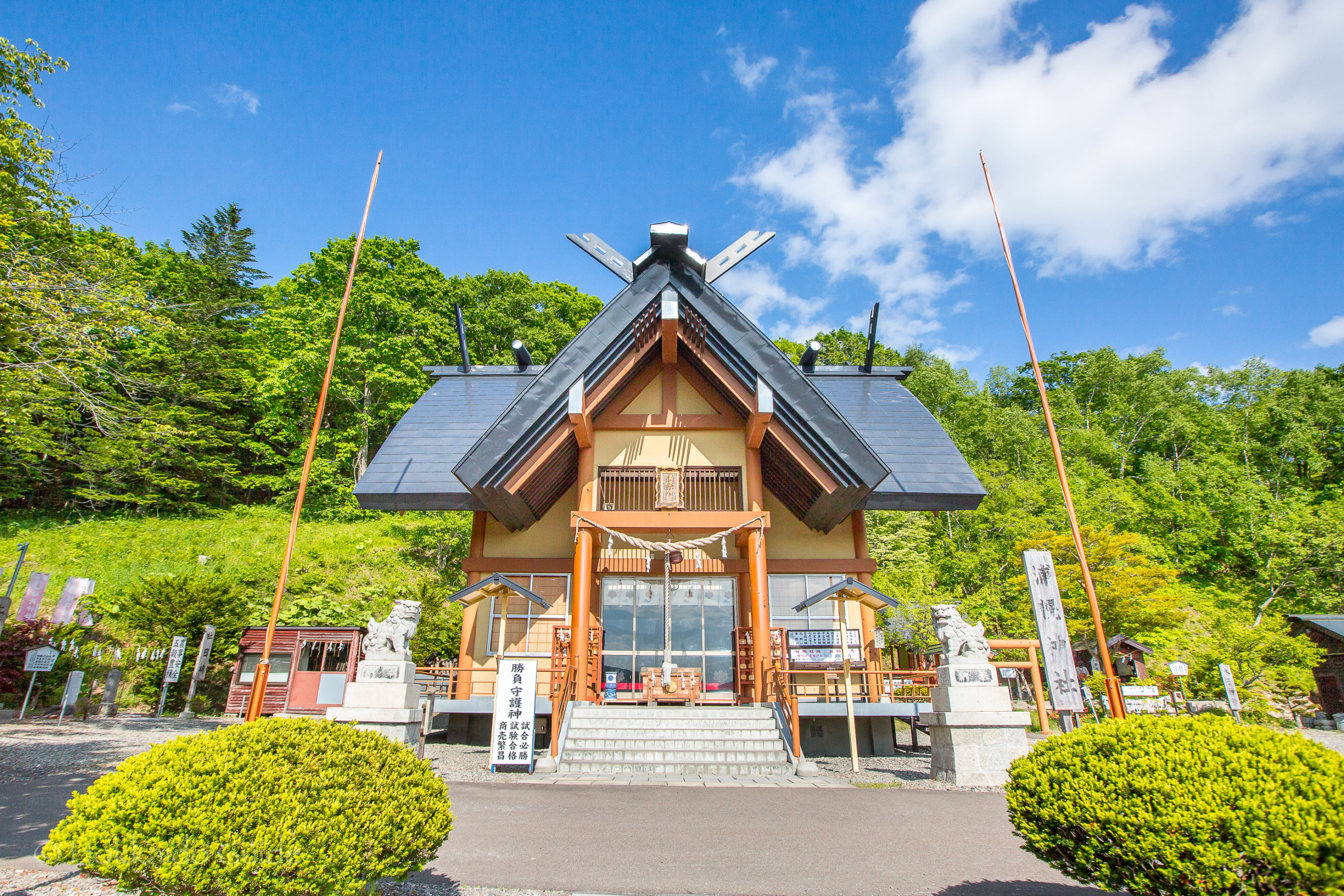
Urahoro Shrine
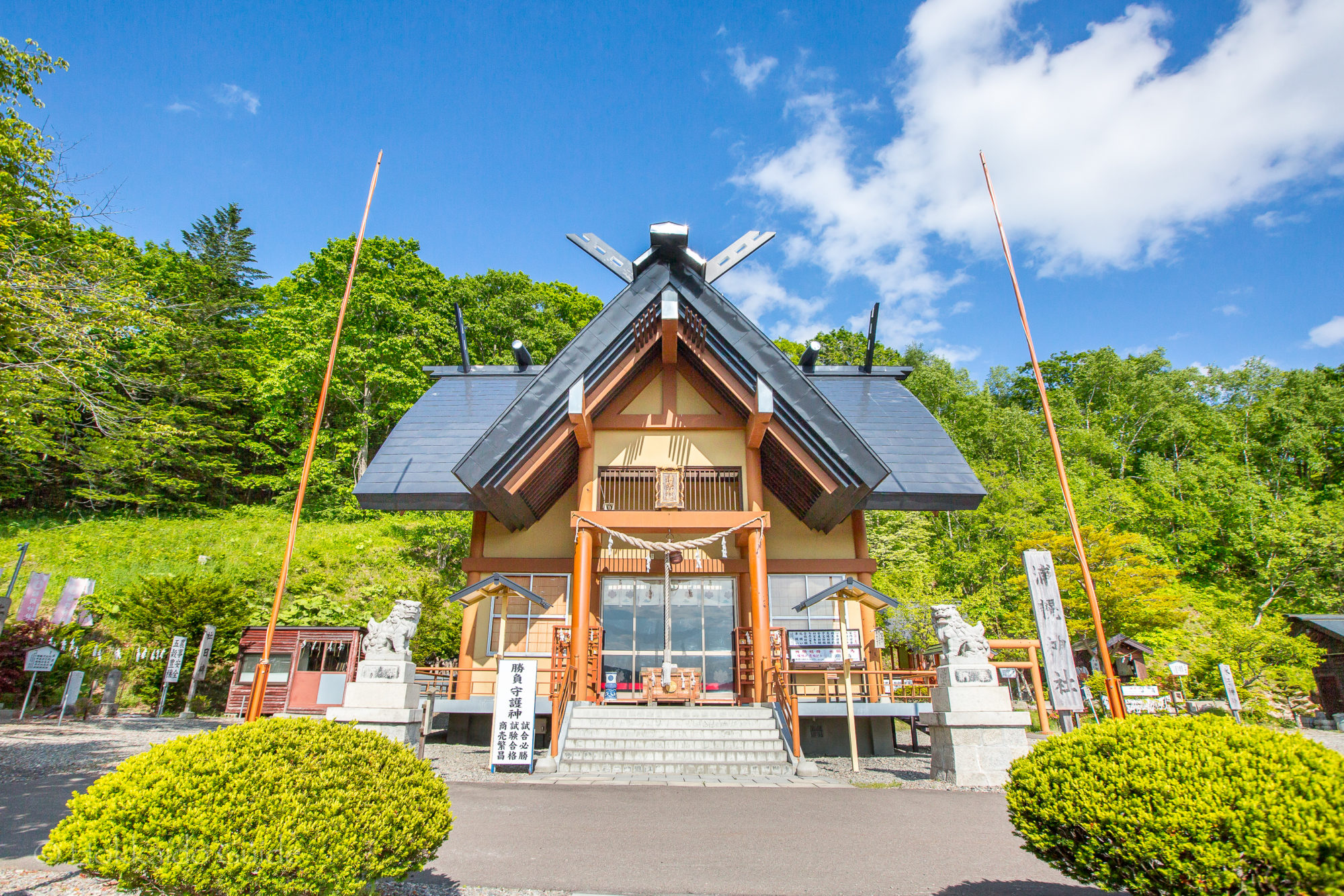
| Admission | - |
| Opening Hours | 8:00 - 20:00 |
| Closed | - |
| Contact | 011-5576-2448 |
| Notes | Shinto shrine, parking available |
| Location / Getting There | The shrine is located along route 38. It is overlooking the town of Urahoro. It is a 16 minute walk from Urahoro train station. 18-1 Higashiyamacho, Urahoro, Tokachi District, Hokkaido 089-5612 |
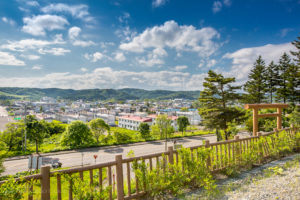 During the Meiji Era, as the town of Urahoro (on the south east coast of Hokkaido) was being developed, the pioneers called for the construction of a shrine to serve as a spiritual centre. On August 15, 1896, a small shrine was erected, enshrining Amaterasu (goddess of the sun and the universe). In the latter half of the Meiji period, the small shrine was relocated to a location near the entrance to Forest Park in Urahoro. In 1923, the main shrine was built overlooking the town and stands as it is today. In 1996, the shrine building was renovated, and in August, the 100th anniversary of the founding of the shrine was celebrated.
During the Meiji Era, as the town of Urahoro (on the south east coast of Hokkaido) was being developed, the pioneers called for the construction of a shrine to serve as a spiritual centre. On August 15, 1896, a small shrine was erected, enshrining Amaterasu (goddess of the sun and the universe). In the latter half of the Meiji period, the small shrine was relocated to a location near the entrance to Forest Park in Urahoro. In 1923, the main shrine was built overlooking the town and stands as it is today. In 1996, the shrine building was renovated, and in August, the 100th anniversary of the founding of the shrine was celebrated.
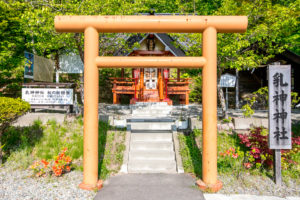 The grounds are also home to other points of interest. Nearby the main shrine, there is Nyukami Shrine. This shrine houses a sacred object. In the forest behind the shrine there was an old oak tree with two bumps that looked like breasts. In the Taisho era (1912-1926), an old woman named Yoshida prayed to this tree and the worship of the ‘milk goddess’ originated. The tree was destroyed by a typhoon in 1962 but the two humps of the tree were preserved and place in Nyukami Shrine. In 2015, a “Business Card Dedication Station” was built in the area, so that riders can pray for traffic safety. Next to Nyukami Shrine is Mizuko Shrine. The deities enshrined here are to comfort and protect the souls of water children.
The grounds are also home to other points of interest. Nearby the main shrine, there is Nyukami Shrine. This shrine houses a sacred object. In the forest behind the shrine there was an old oak tree with two bumps that looked like breasts. In the Taisho era (1912-1926), an old woman named Yoshida prayed to this tree and the worship of the ‘milk goddess’ originated. The tree was destroyed by a typhoon in 1962 but the two humps of the tree were preserved and place in Nyukami Shrine. In 2015, a “Business Card Dedication Station” was built in the area, so that riders can pray for traffic safety. Next to Nyukami Shrine is Mizuko Shrine. The deities enshrined here are to comfort and protect the souls of water children.
| 1st and 15th of every month | Prayers for the safety of the Imperial Family, peace for the nation, and peace for the Urahoro worshippers. |
| January 1 | New Years Day. Prayer for the safety of the Imperial Family, peace for the nation, and a good harvest for the year. |
| January 15 | The burning of old Shinto prayer cards and charms. Prayer for good health. On the day before the first day of spring, there is the purification the evil spirits. The doors of the main shrine are opened to offer thanks to the Milk God and prayer for spring. |
| June 30 | Grand purification ceremony and Nagoshi-no-harai (summer purification). A Shinto ritual to purge the sins and impurities of the past six months and pray for good health. |
| August | On the evening before the last Sunday of the month, There is the summer portable shrine procession festival (Mikoshi & Yoimiya Festival). The portable shrine is purified the night before the main festival, and the gods are notified that the big festival will be held tomorrow. On the last Sunday of the month, the portable shrine will be paraded through the town to pray for the safety of each family and the prosperity of each company. |
| September 20 | Autumn Grand Festival Prayers and dedication events are held for the Ujigami (local deity), which has been handed down from the pioneers. The doors of the main shrine are opened to offer thanks to the Goddess of Milk and pray for the autumn. The god of the land and the god of agriculture are invited to give thanks for the year's harvest and to pray for the safety. Prayers are offered to the gods for the healthy growth of children who are three, five, and seven years old. Prayers are offered for the harvest and labor to the gods of the 24 shrines in Urahoro Town. |
| December 31 | New Year's Eve Purification Ceremony and Nightfall Festival is held to purify the sins and impurities of the year from the body and soul using dolls, and to pray for good health in the New Year. |
| December 30 to January 5 | The shrine grounds are illuminated. |

Onnenai Visitor Center
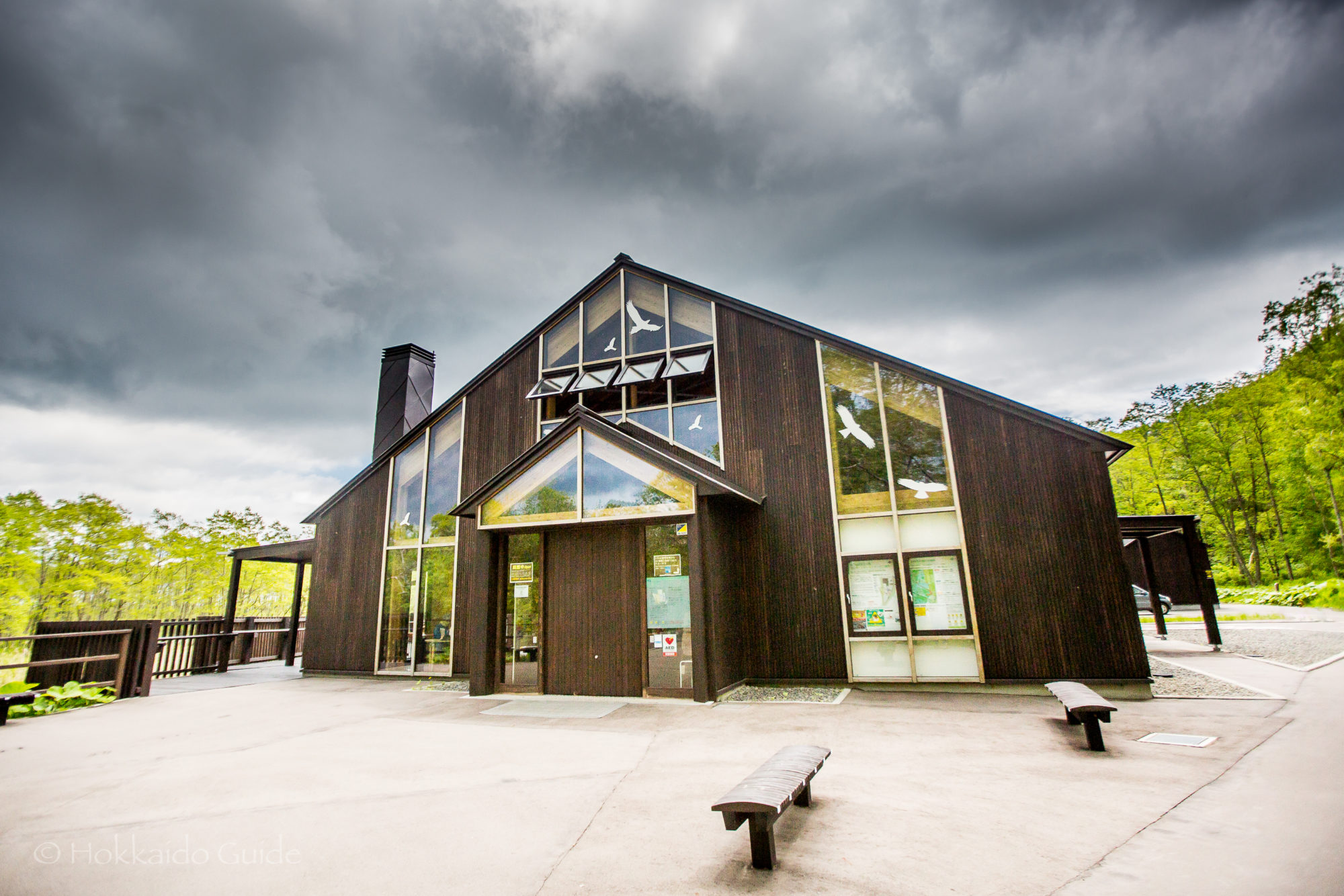
| Admission | Free |
| Opening Hours | 9:00 to 17:00 April - October 9:00 to 16:00 November - March |
| Closed | Tuesdays New Year Holidays |
| Contact | 011-5465-2323 |
| Notes | Museum, information center, restrooms, *wheelchair access, walking paths *contact center prior to arrival for special parking access |
| Location / Getting There | About 40 minutes by car from Kushiro Station, there is a parking lot along Route 53. For public transport take the 'Akan Bus' Tsurui Line / Hororo Line to the Onnenai Visitor Center Bus Stop. The center is a 5 minutes walk away from the parking. Onnenai, Tsurui, Akan District, Hokkaido 085-1145 |
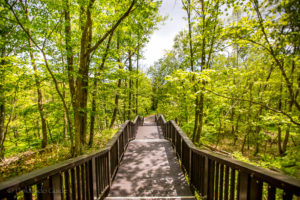 The Kushiro Shitsugen National Park, also known as the Kushiro Marshland is a sprawling national park to the north of Kushiro. There are half a dozen observation decks, museums, and walking paths that surround the park. The Onnenai Visitor Center is one of these museums and can be found on the western side of the marshland. It is a point of contact between the marsh and the forest that leads down to the national park. It is here, that visitors can learn about the marsh, take a break, plus enjoy the walking courses throughout the year.
The Kushiro Shitsugen National Park, also known as the Kushiro Marshland is a sprawling national park to the north of Kushiro. There are half a dozen observation decks, museums, and walking paths that surround the park. The Onnenai Visitor Center is one of these museums and can be found on the western side of the marshland. It is a point of contact between the marsh and the forest that leads down to the national park. It is here, that visitors can learn about the marsh, take a break, plus enjoy the walking courses throughout the year.
[the_ad id=”4264″]
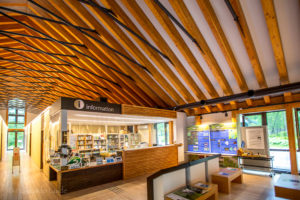 At the center, via video panels, you can learn about the plants and animals that live in the national park. This area can be visited in any season. The lush greenery in spring, the golden leaves in autumn, the winter snow, and during the summer months of July and August, you can see the marsh lit by the glow of fireflies. Cross-country skiing is possible in the winter, and you can rent skis and snowshoes free of charge from the facility. There are three separate walking courses from the center. The shortest being a short ten minute course. the middle course is 2 kilometers, and the longest course is around 3.1 kilometers. Free and paid guided nature walks are available. Cross-country skiing is possible in the winter, and you can rent skis and snowshoes free of charge from the facility.
At the center, via video panels, you can learn about the plants and animals that live in the national park. This area can be visited in any season. The lush greenery in spring, the golden leaves in autumn, the winter snow, and during the summer months of July and August, you can see the marsh lit by the glow of fireflies. Cross-country skiing is possible in the winter, and you can rent skis and snowshoes free of charge from the facility. There are three separate walking courses from the center. The shortest being a short ten minute course. the middle course is 2 kilometers, and the longest course is around 3.1 kilometers. Free and paid guided nature walks are available. Cross-country skiing is possible in the winter, and you can rent skis and snowshoes free of charge from the facility.

Kushiro Shitsugen National Park
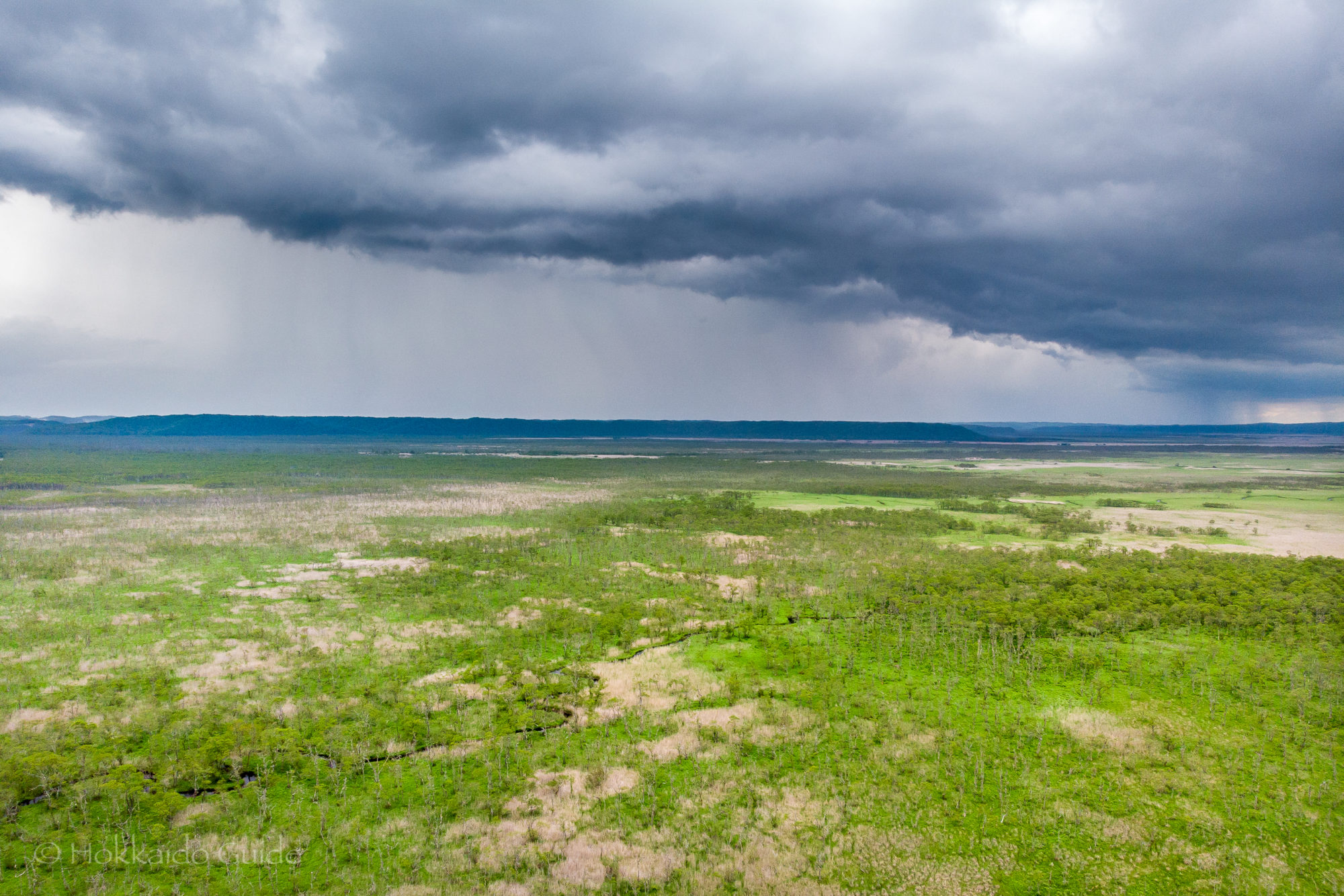
| Admission | Free |
| Opening Hours | 9:30 - 16:30 |
| Closed | Wednesday |
| Contact | 0154-56-2345 |
| Notes | National park, parking available, walking trails, museum |
| Location / Getting There | The national park is to the north of Kushiro City. It is about a 25 minute drive north from the centre of the city. To get an observation deck overlooking the marshland, take the JR train to Kushiroshitsugen Station (4 stops from Kushiro station) via the Semmo Line. 2-2101 Hokuto, Kushiro, Kawakami District, Hokkaido 084-0922 |
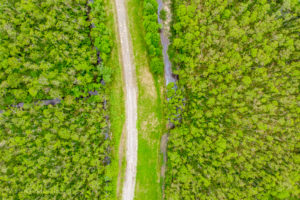 The Kushiro Shitsugen National park (better known as the Kushiro Marshland) is a national park, located to the north of Kushiro on the eastern side of Hokkaido. The park is known for its wetlands ecosystems. ‘Shitsugen’ translates to wetlands in English. It was designated as a national park on 31 July 1987. The massive park covers an area of 268.61 square kilometres on the Kushiro plain and is well known for its wildlife and vegetation. The park also contains the largest tracts of reed beds in Japan! The Kushiro river, which originates from Lake Kussharo, winds its way through much of the park and ends in the harbor of Kushiro City.
The Kushiro Shitsugen National park (better known as the Kushiro Marshland) is a national park, located to the north of Kushiro on the eastern side of Hokkaido. The park is known for its wetlands ecosystems. ‘Shitsugen’ translates to wetlands in English. It was designated as a national park on 31 July 1987. The massive park covers an area of 268.61 square kilometres on the Kushiro plain and is well known for its wildlife and vegetation. The park also contains the largest tracts of reed beds in Japan! The Kushiro river, which originates from Lake Kussharo, winds its way through much of the park and ends in the harbor of Kushiro City.
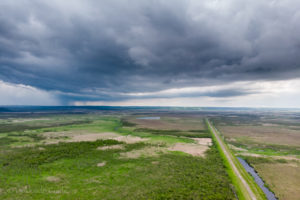 In 1967, the wetlands were designated as a national natural monument. For this reason, access to the park is limited to keep the preservation of the area. There observation points to view the marshlands. These being the Toro Sarurun Observatory, the Yumegaoka Observatory, the Kushiro Marsh Observatory, and the Tenbo Terrace. From these vantage points you can enjoy the marshlands. There are a couple of small walking trails near these observatories. The vegetation of the park consists reeds, peat moss wetlands, and black alder thickets. The wild species that can be seen here include the red crowned crane, huchen salmon, siberian salamander, and dragonflies.
In 1967, the wetlands were designated as a national natural monument. For this reason, access to the park is limited to keep the preservation of the area. There observation points to view the marshlands. These being the Toro Sarurun Observatory, the Yumegaoka Observatory, the Kushiro Marsh Observatory, and the Tenbo Terrace. From these vantage points you can enjoy the marshlands. There are a couple of small walking trails near these observatories. The vegetation of the park consists reeds, peat moss wetlands, and black alder thickets. The wild species that can be seen here include the red crowned crane, huchen salmon, siberian salamander, and dragonflies.
bottom slider gallery.
both upper gallery and slider galleries must be premade.

